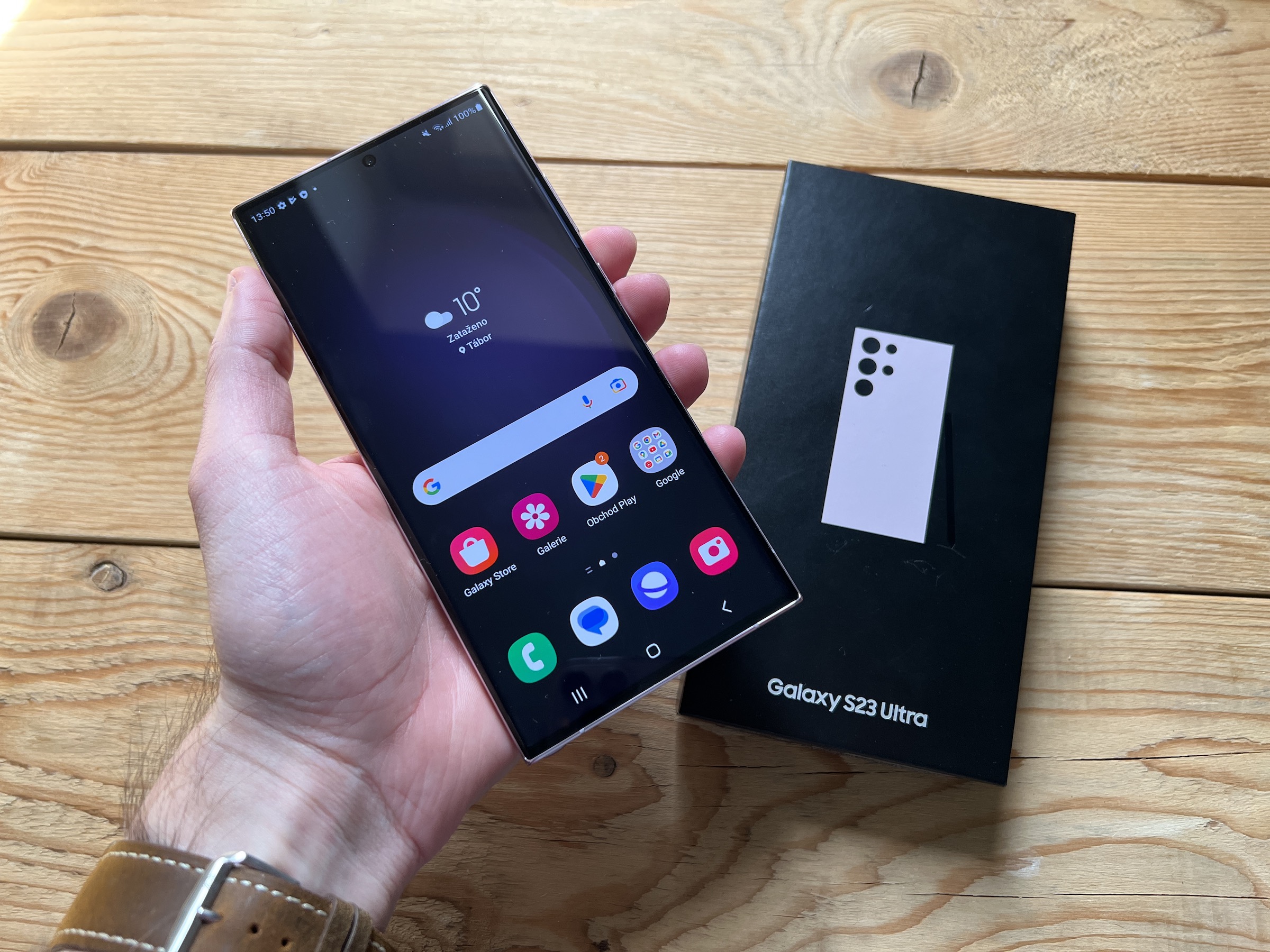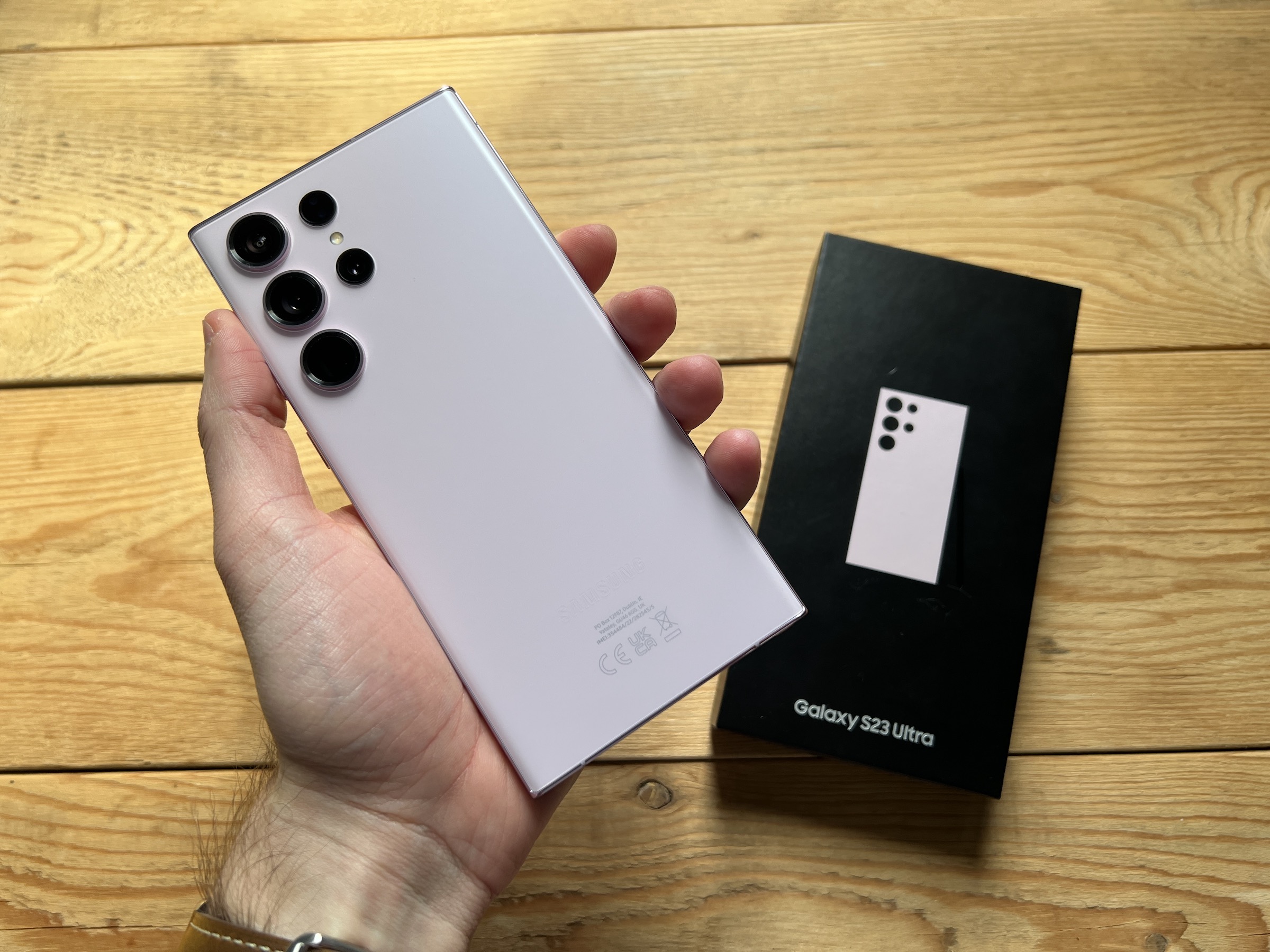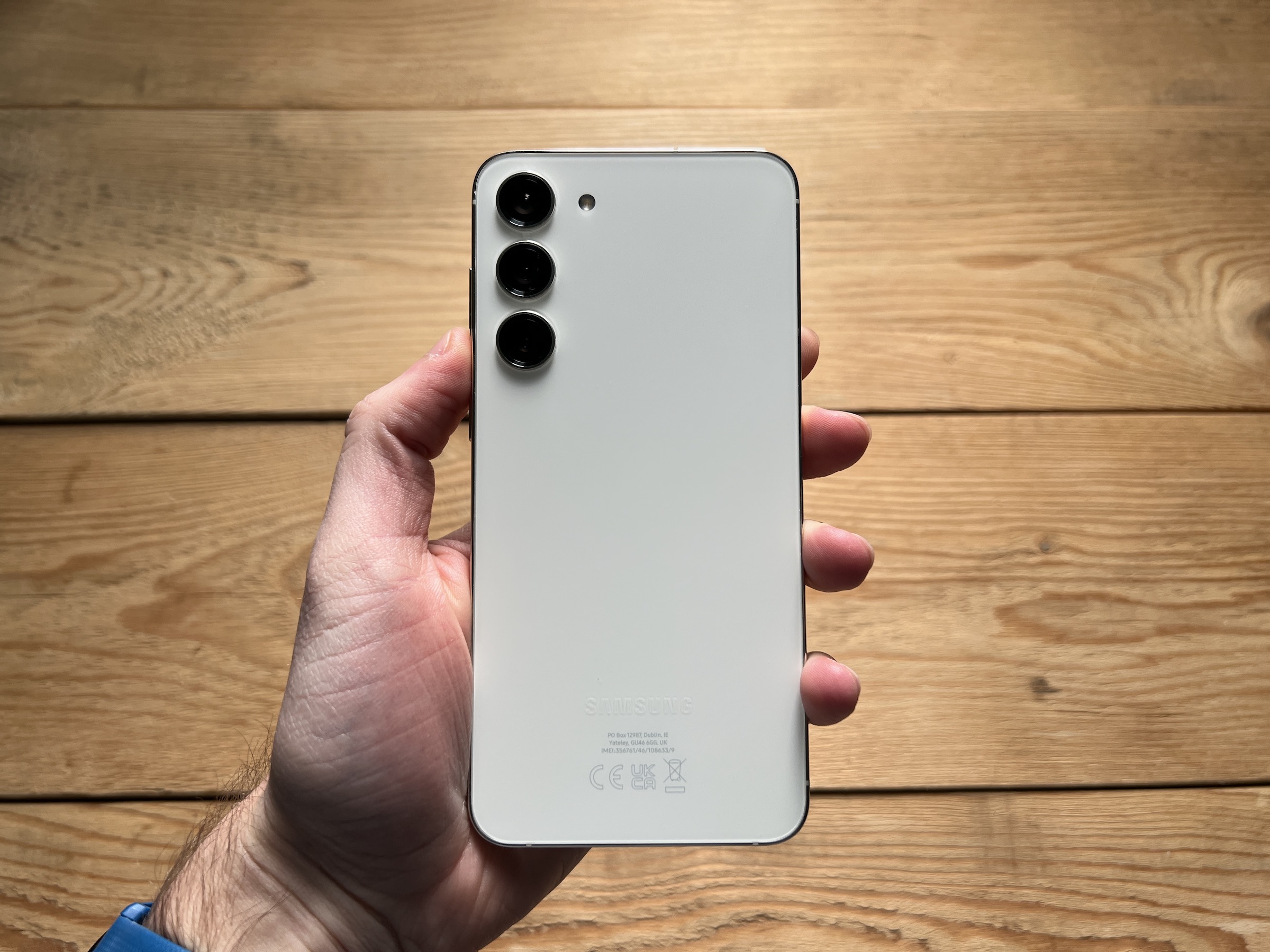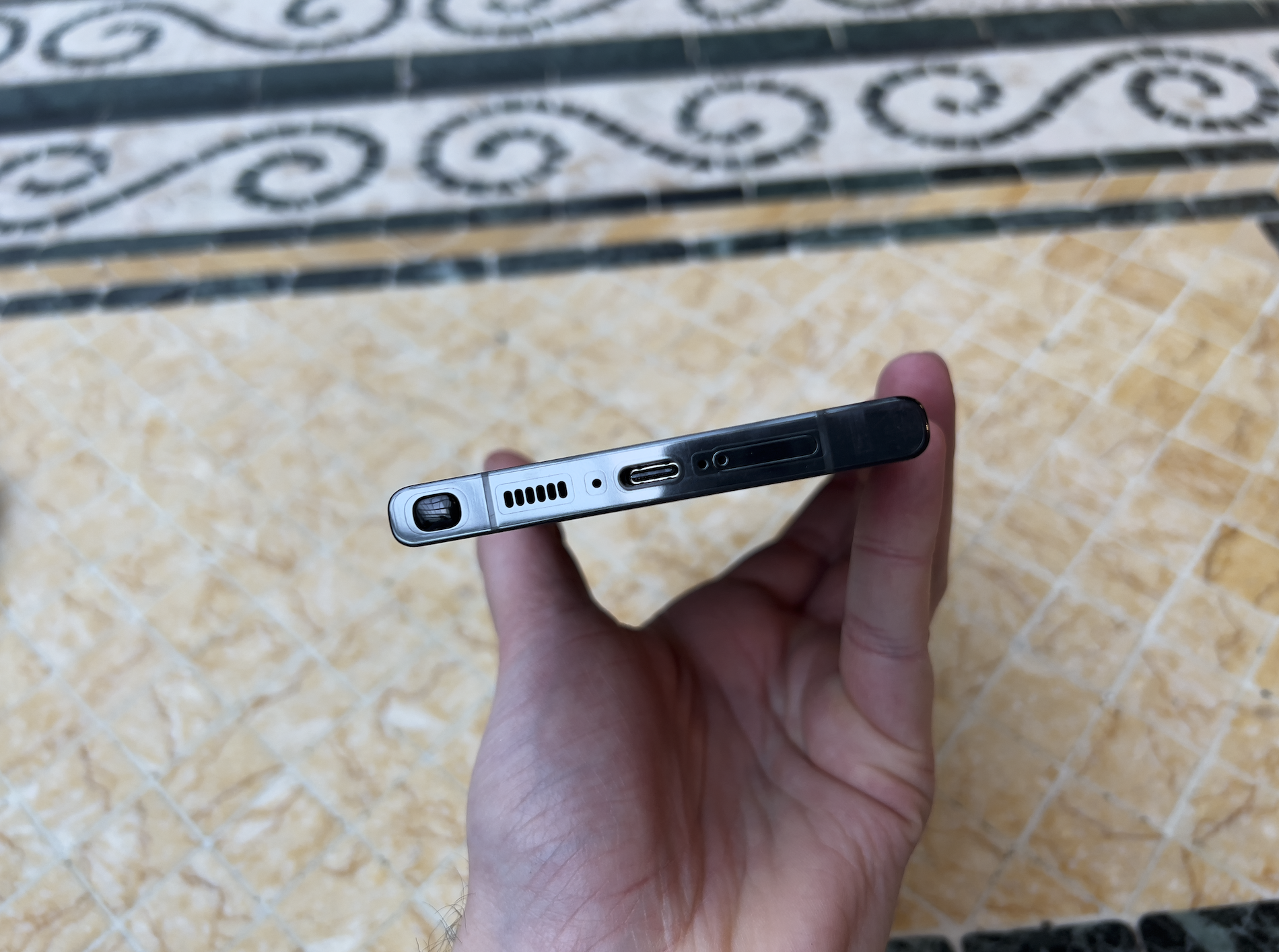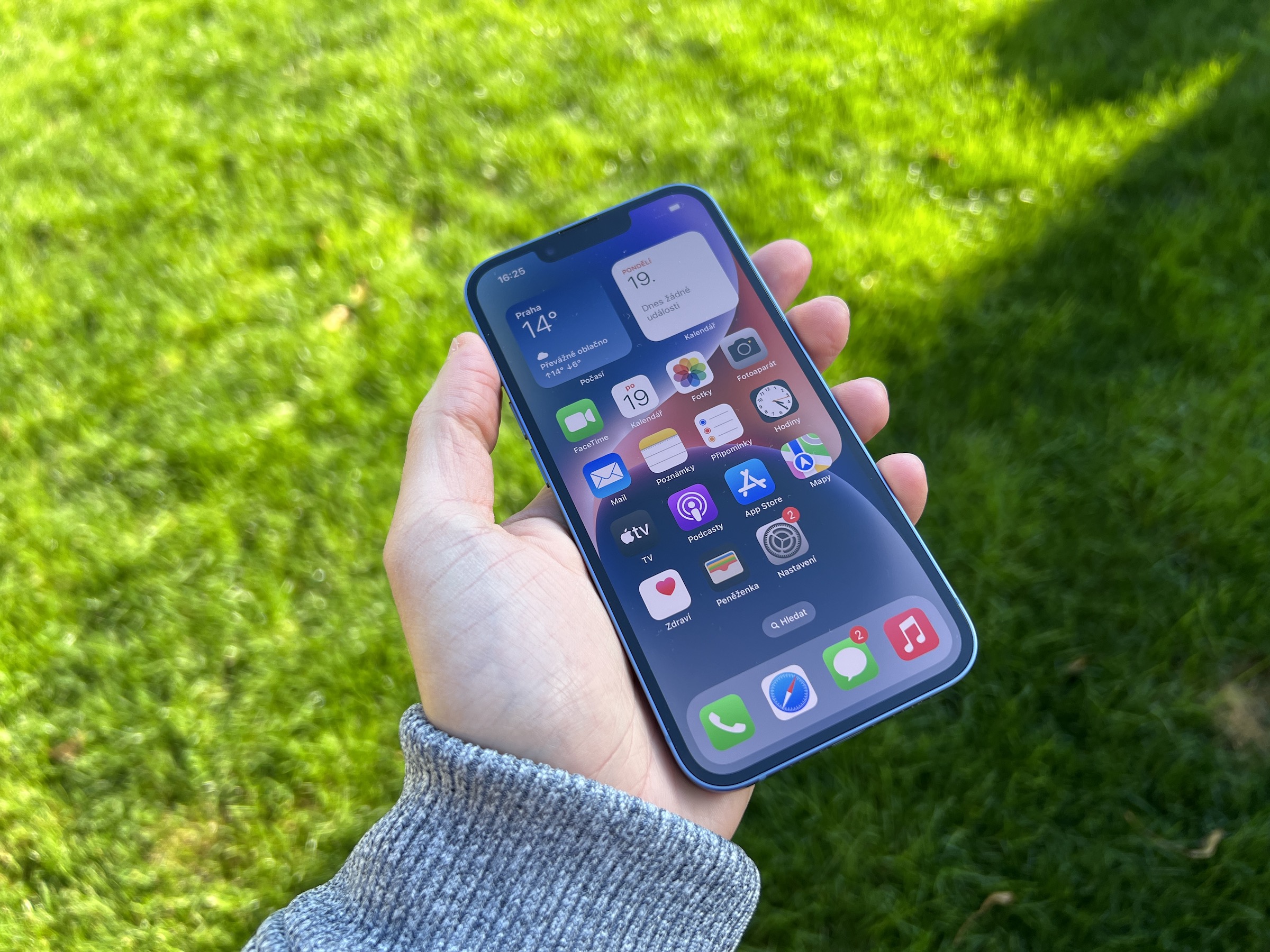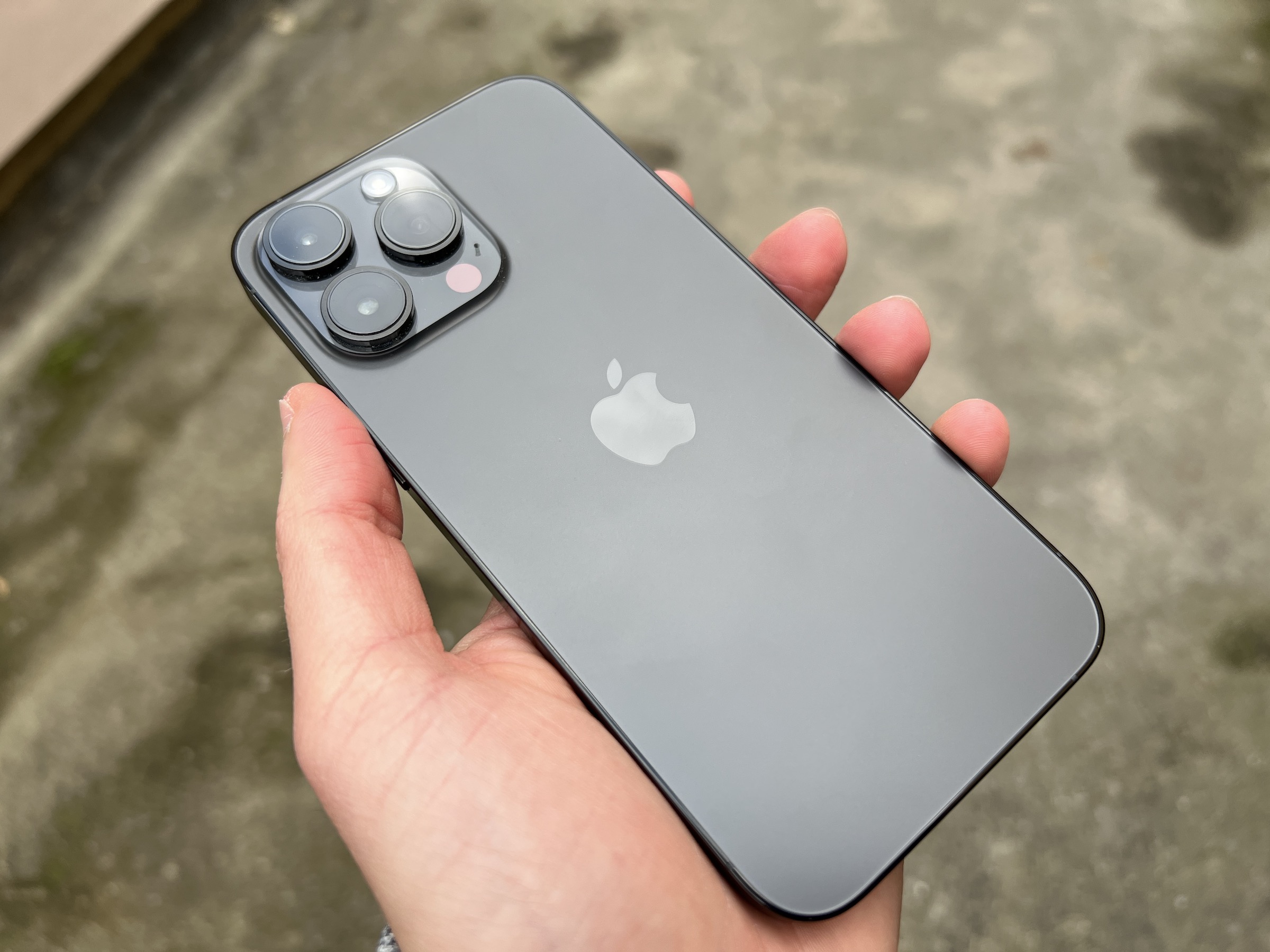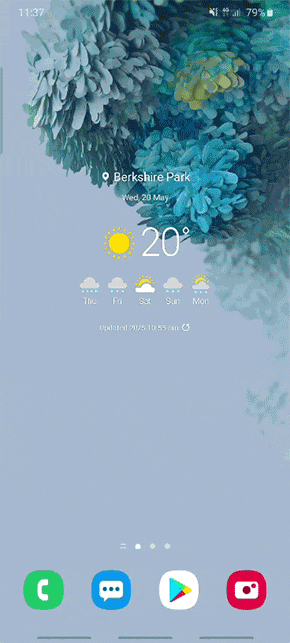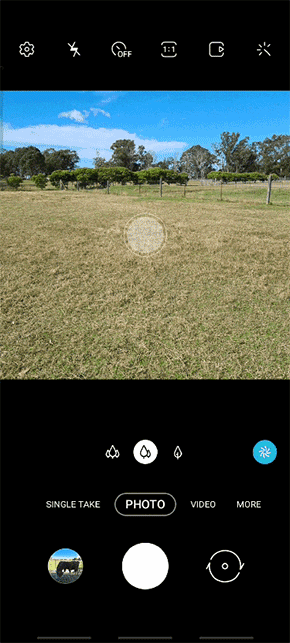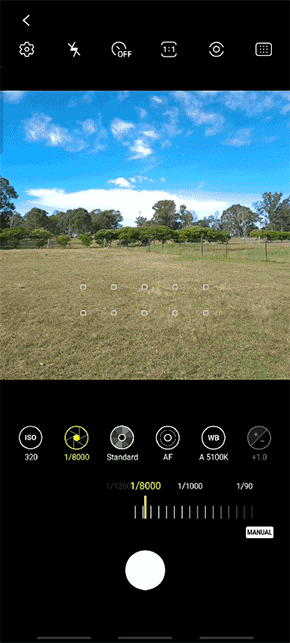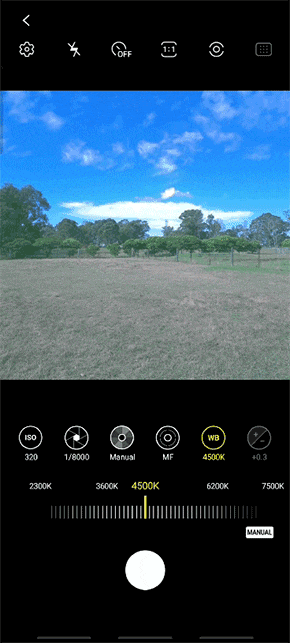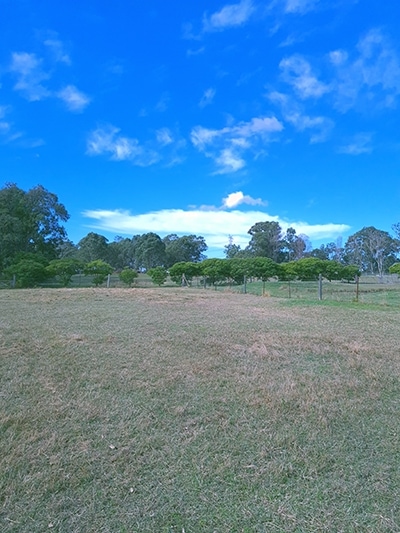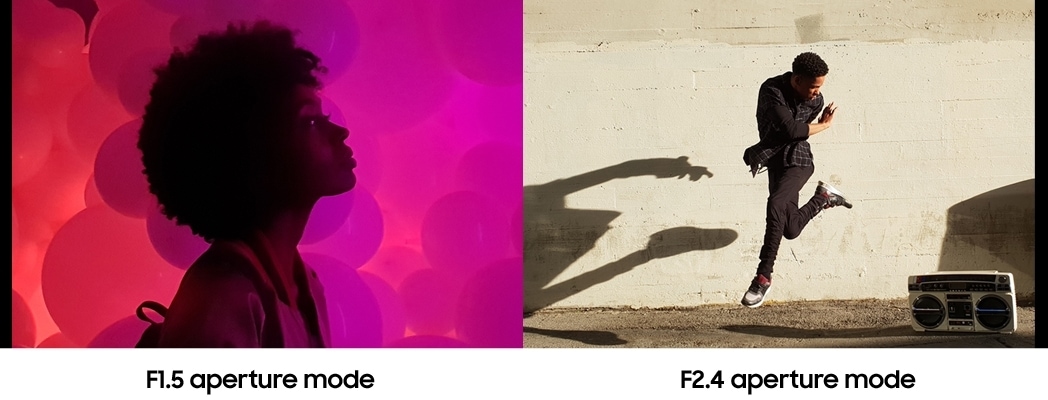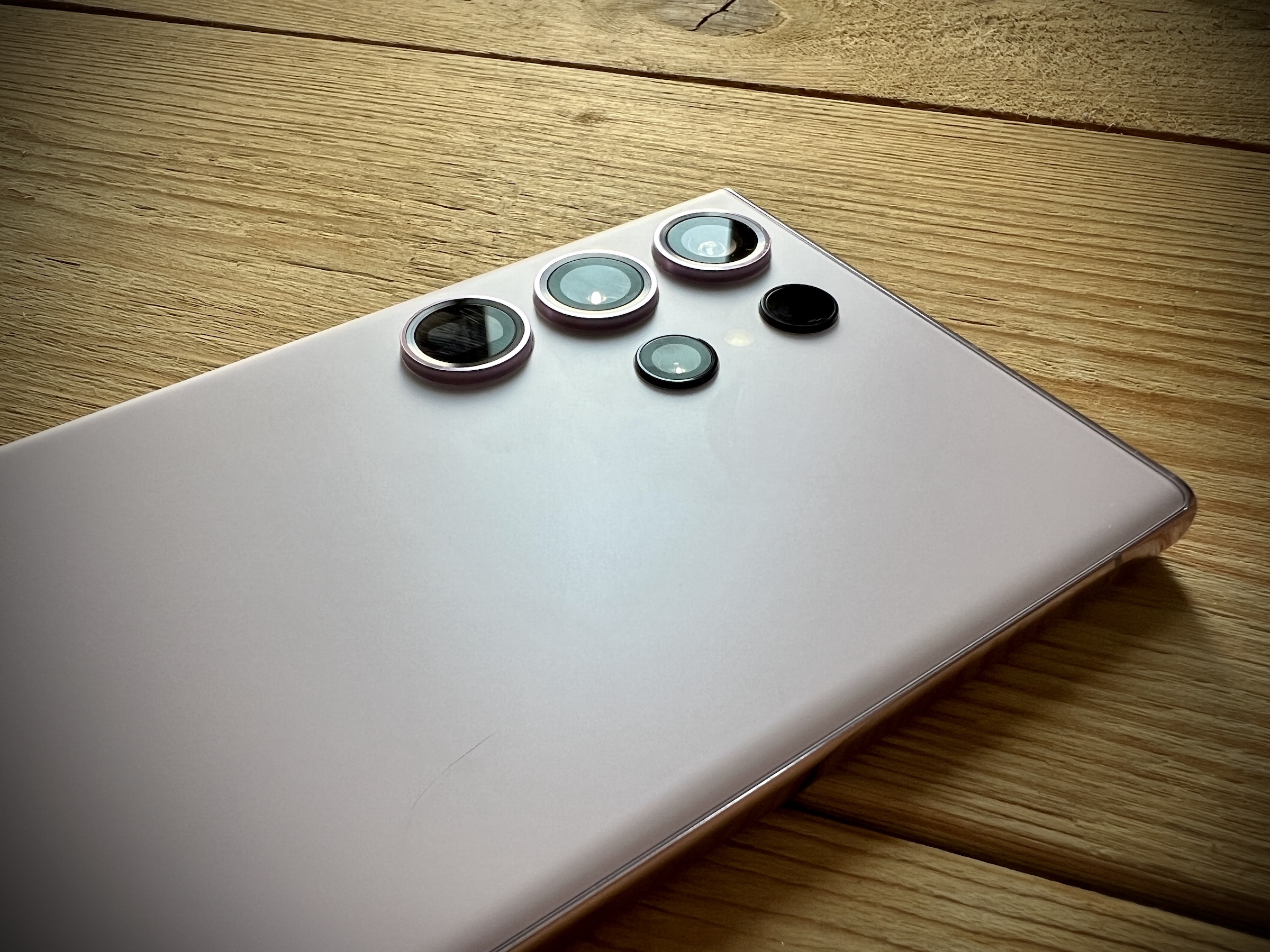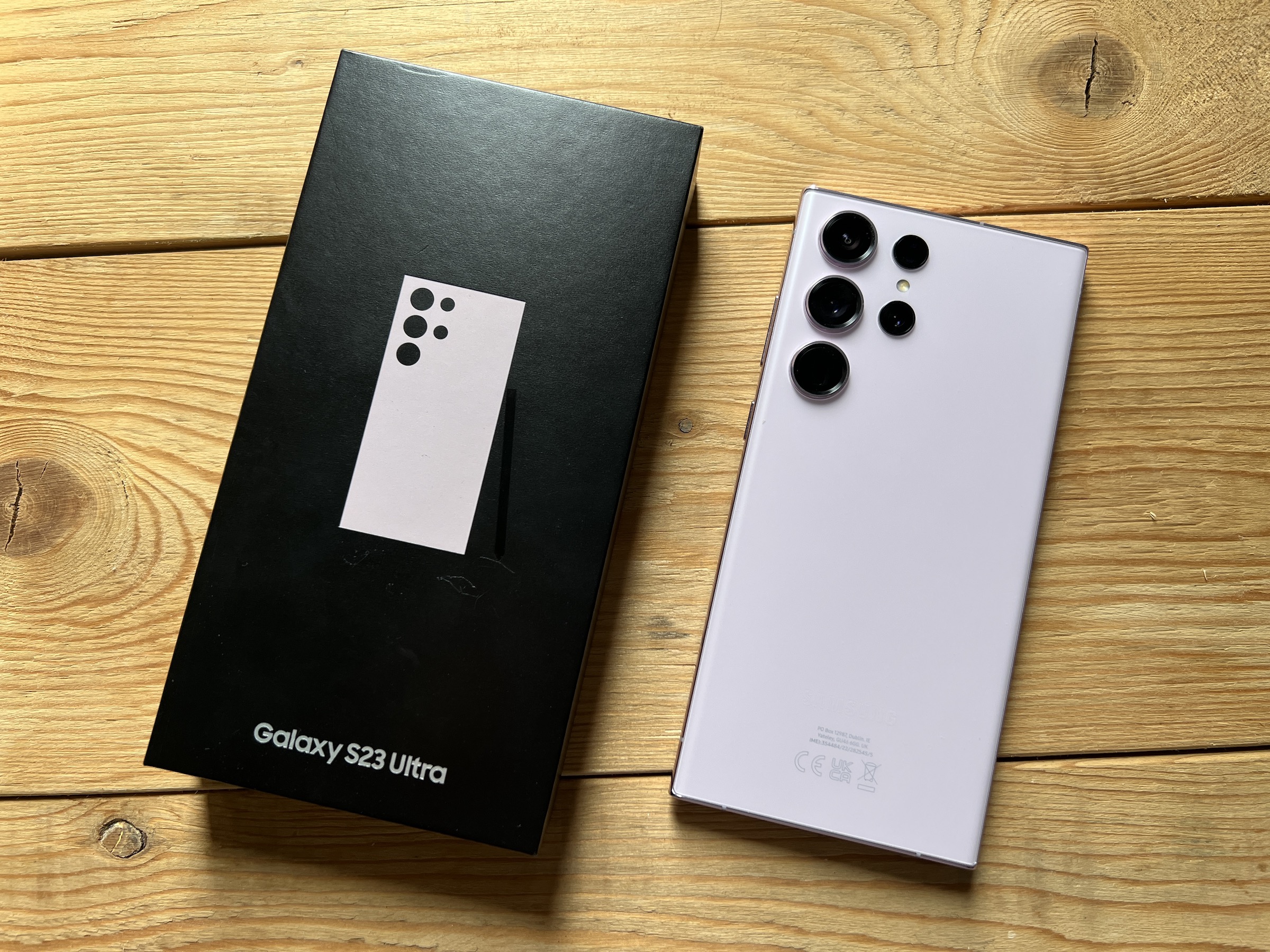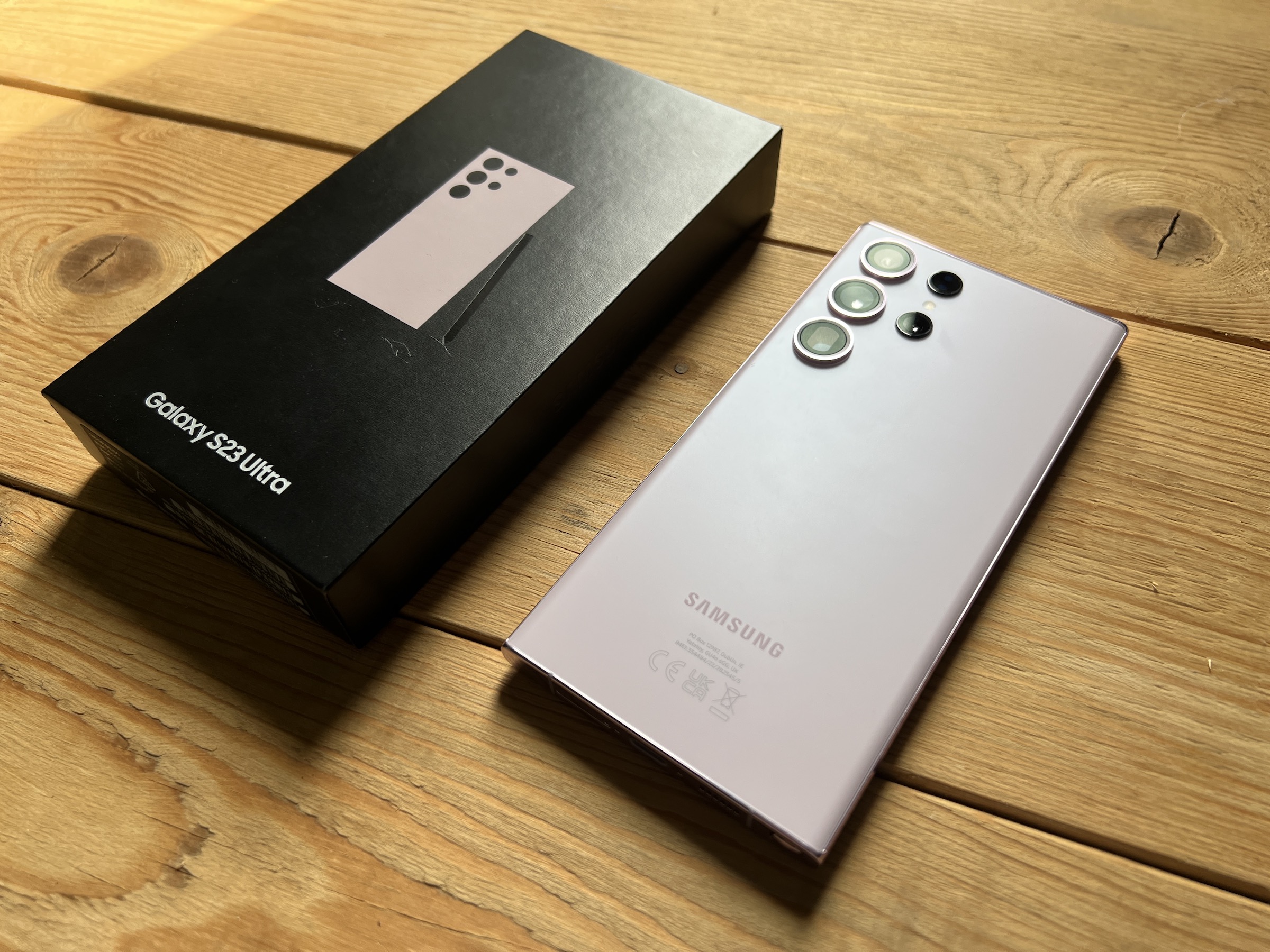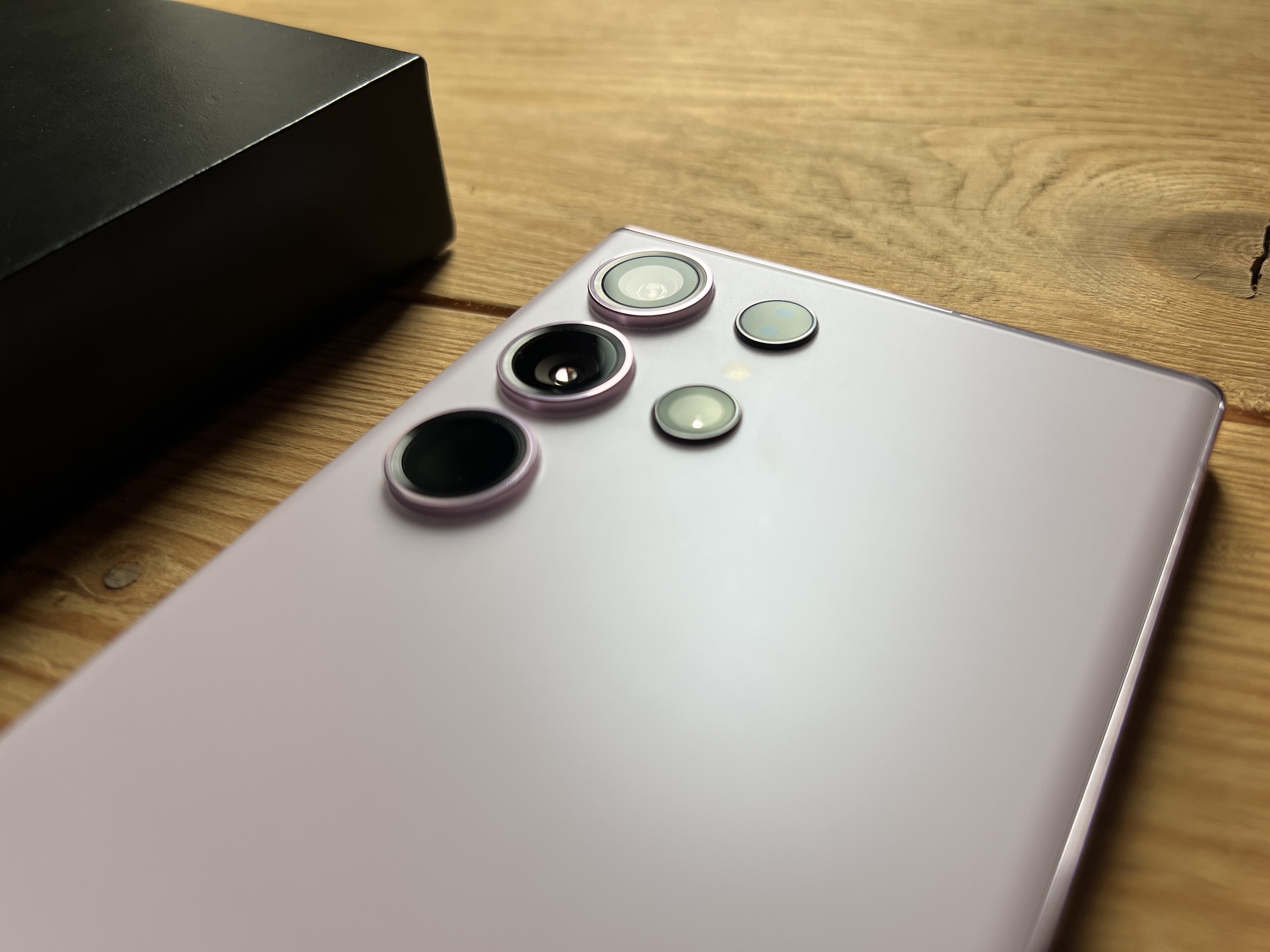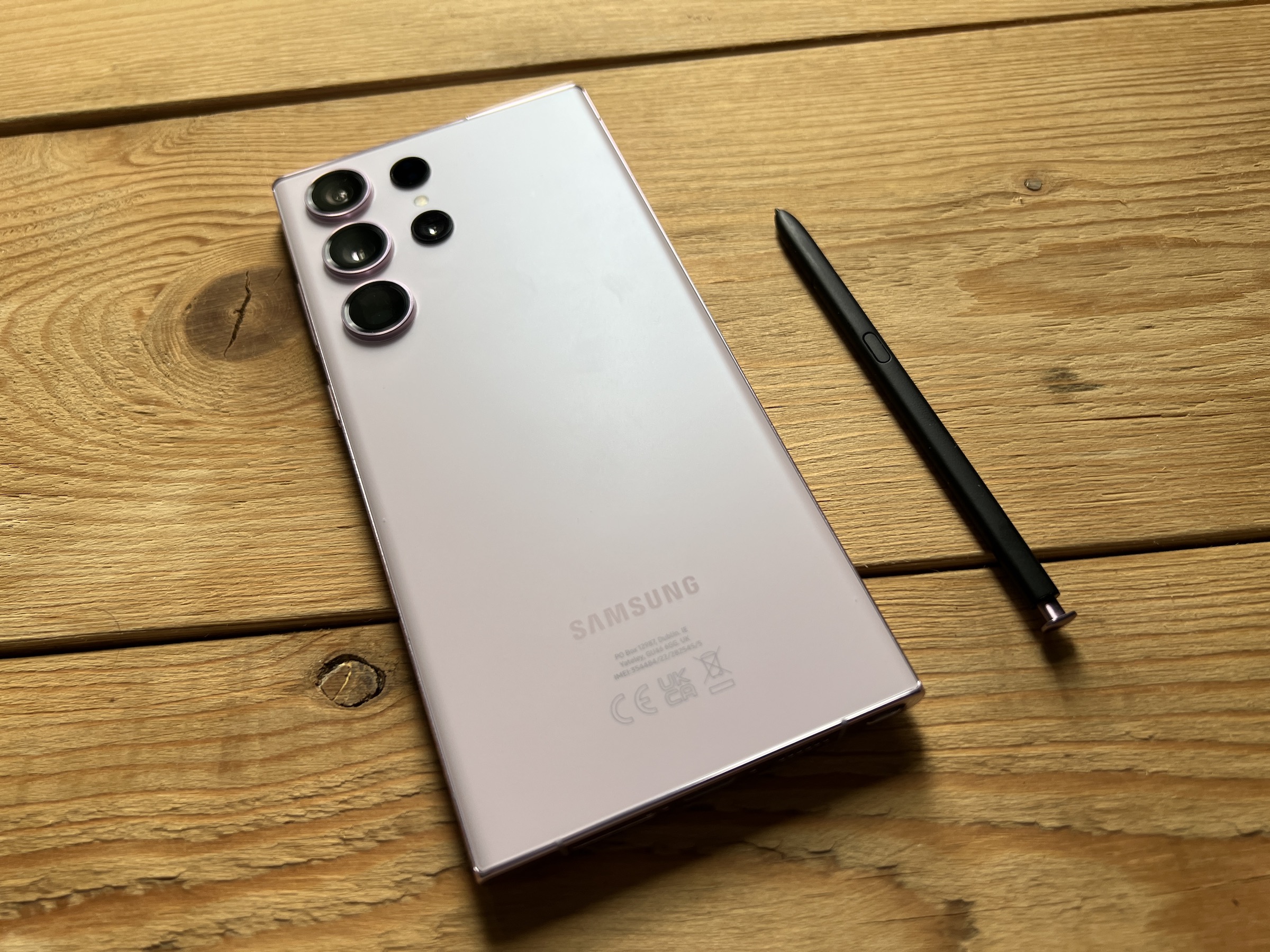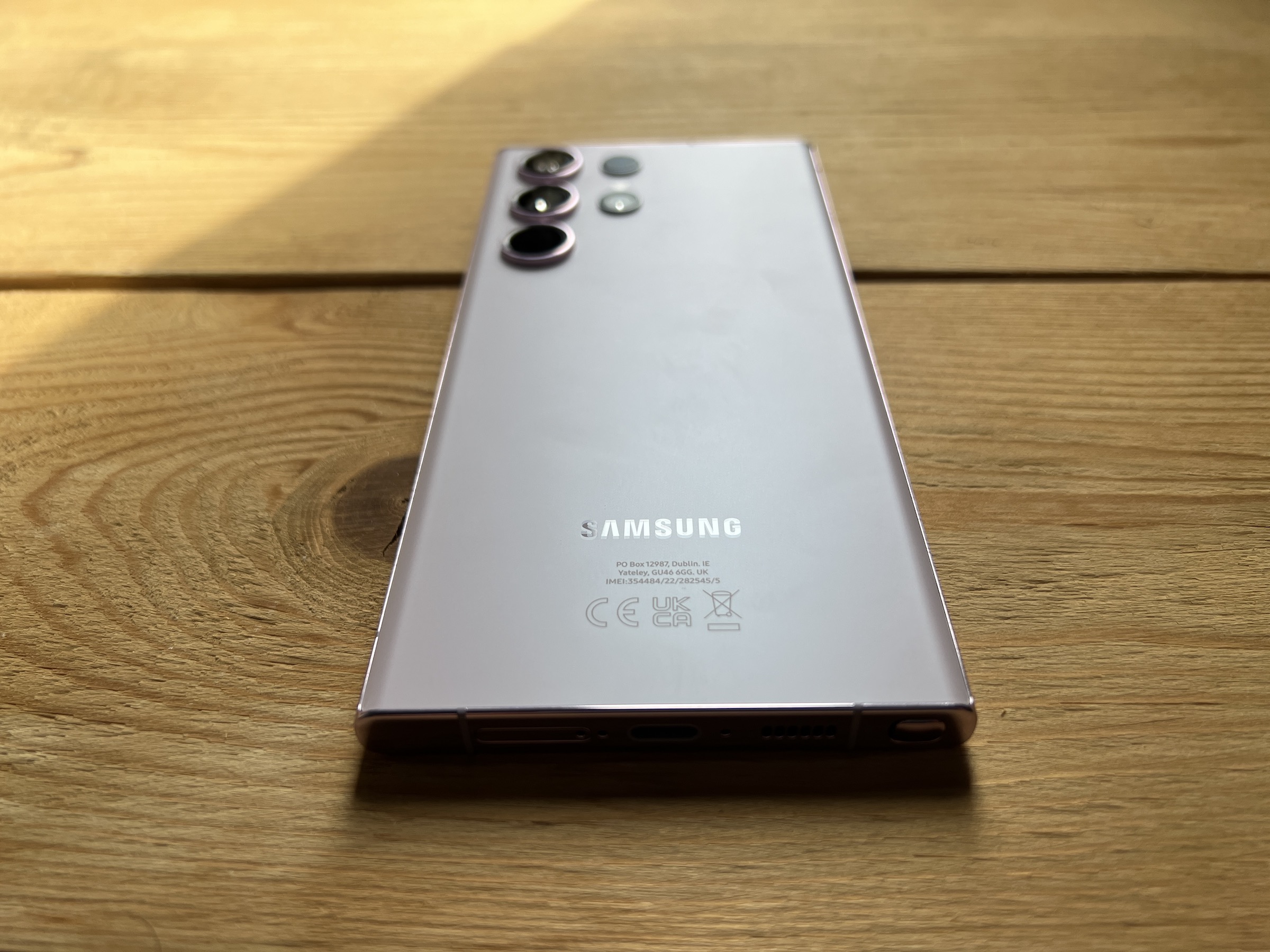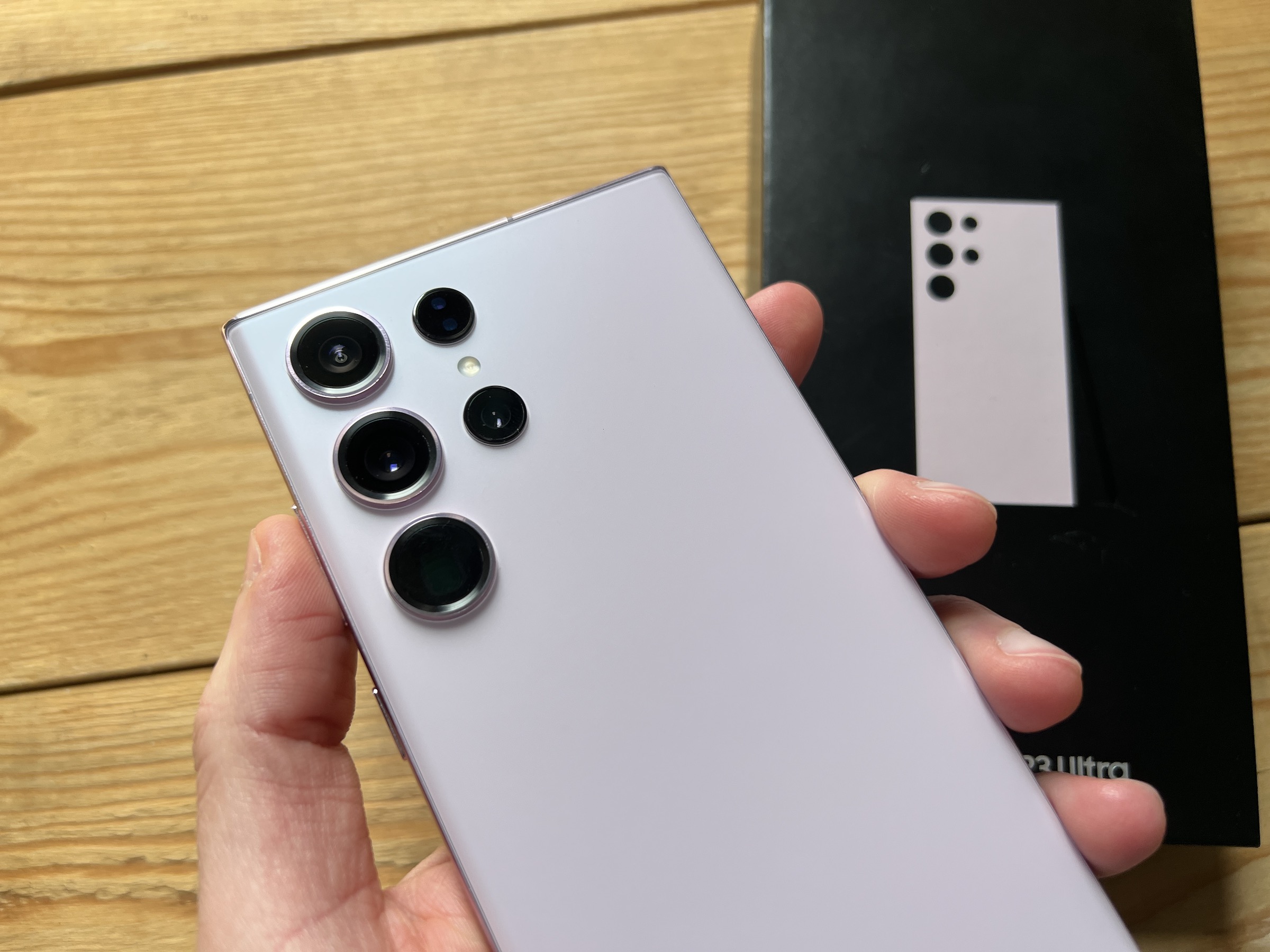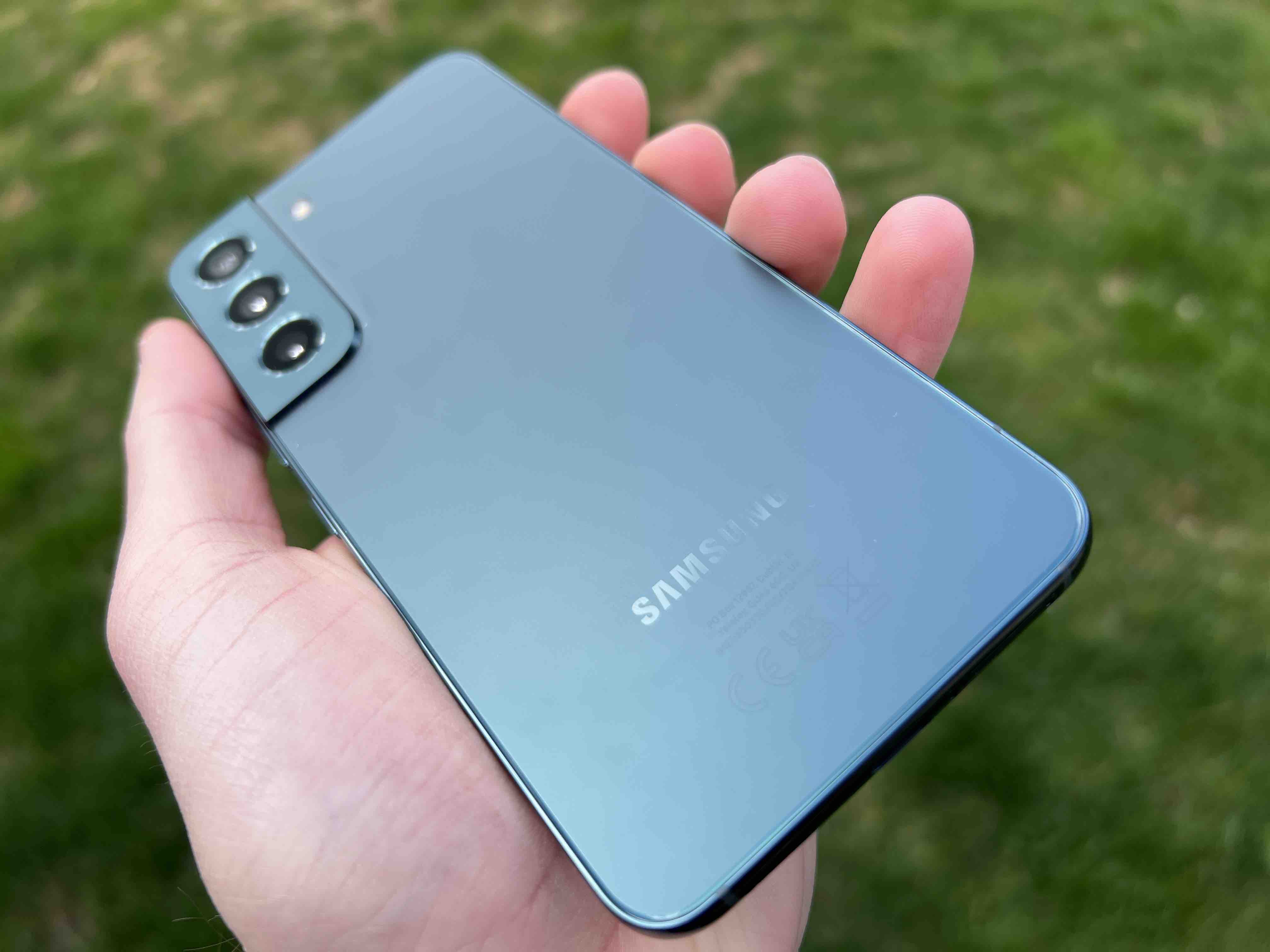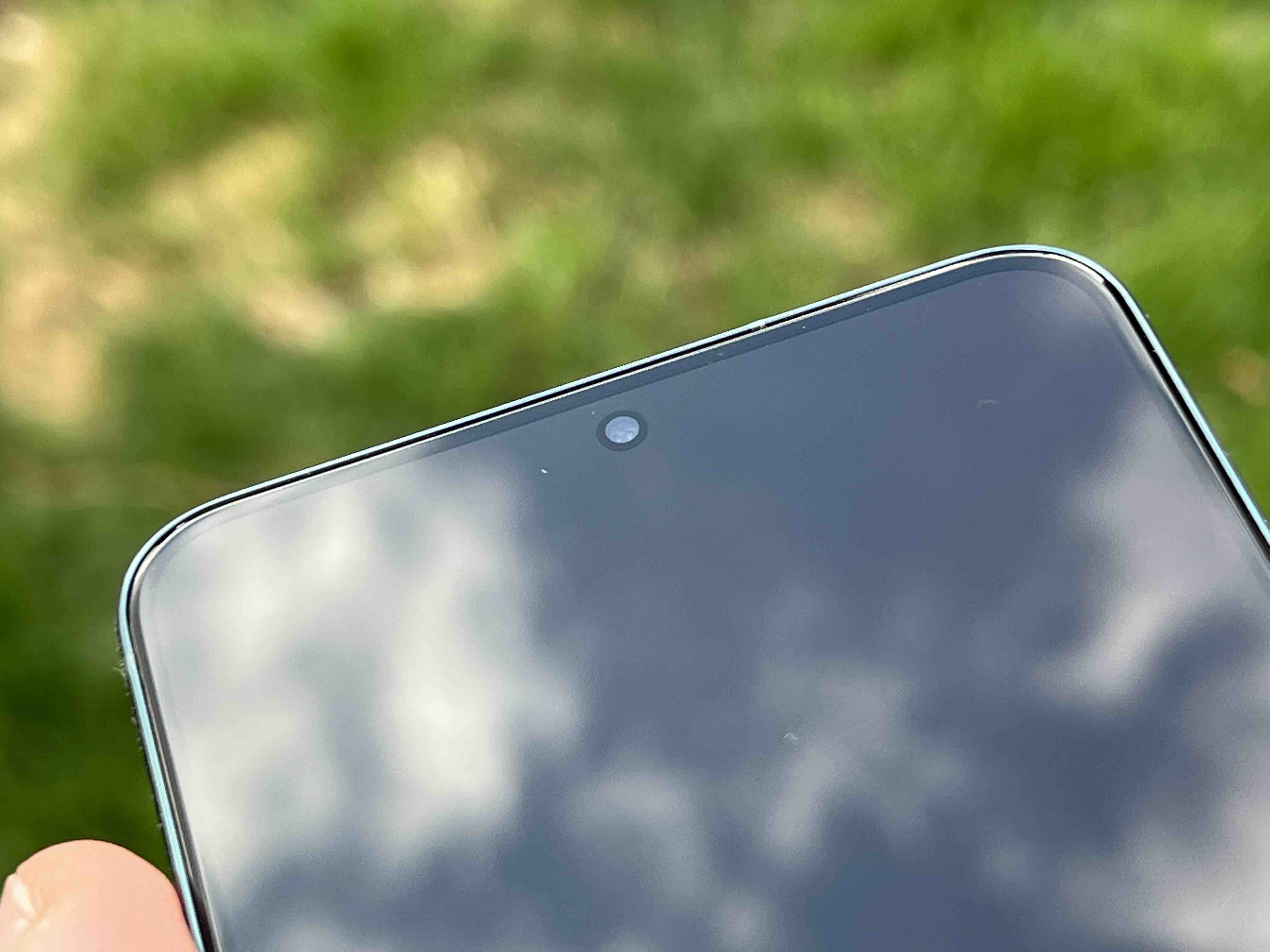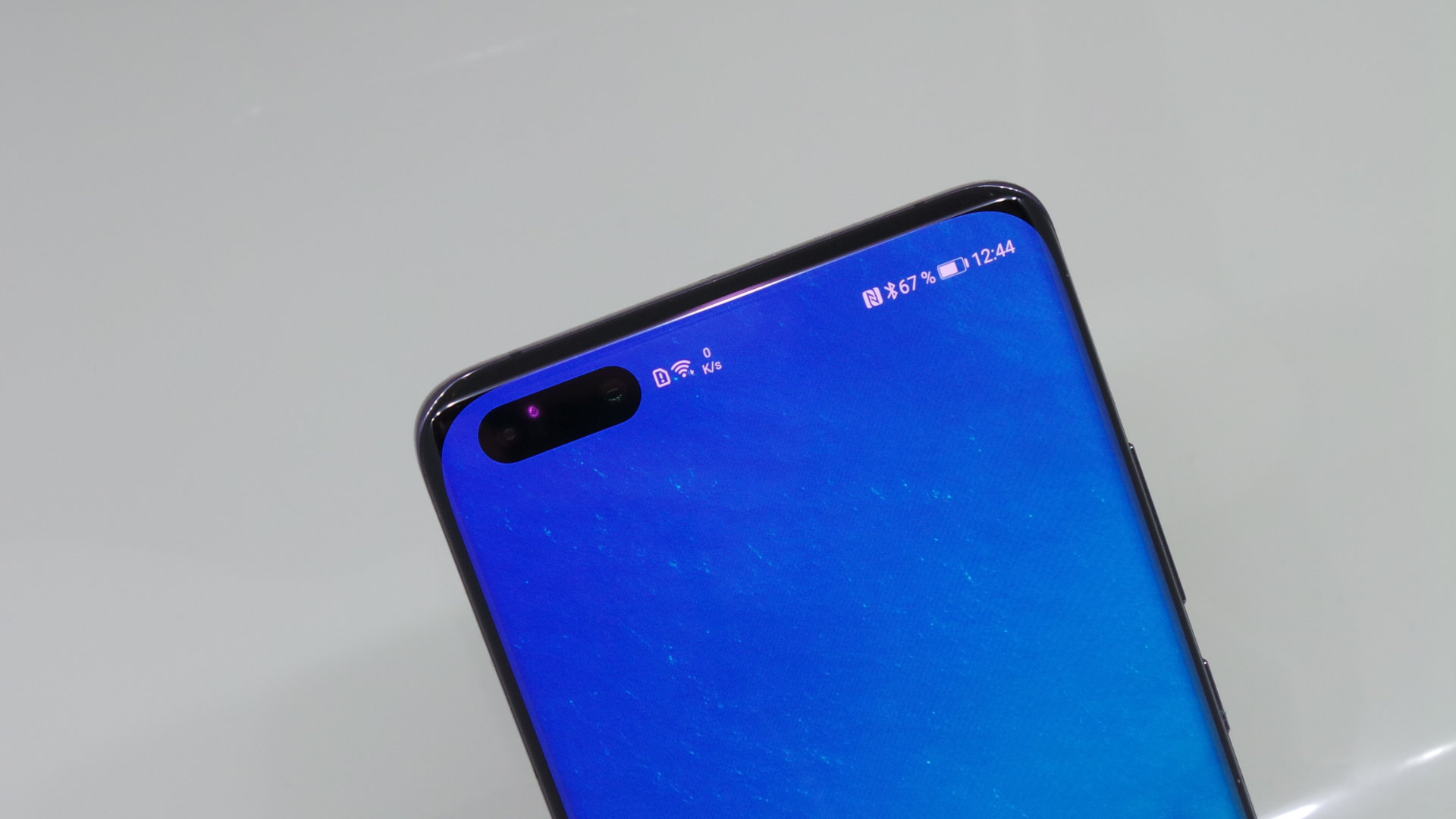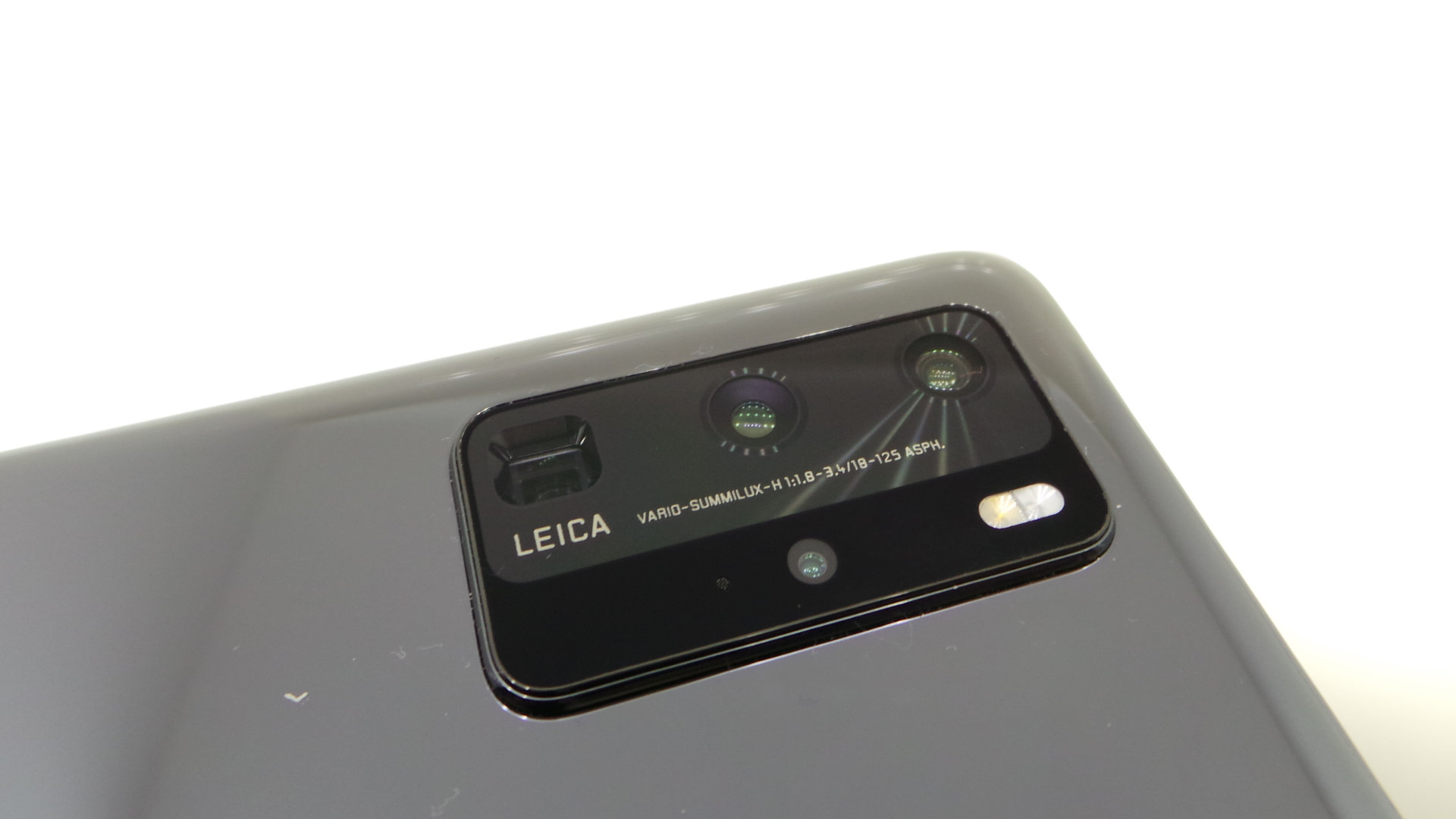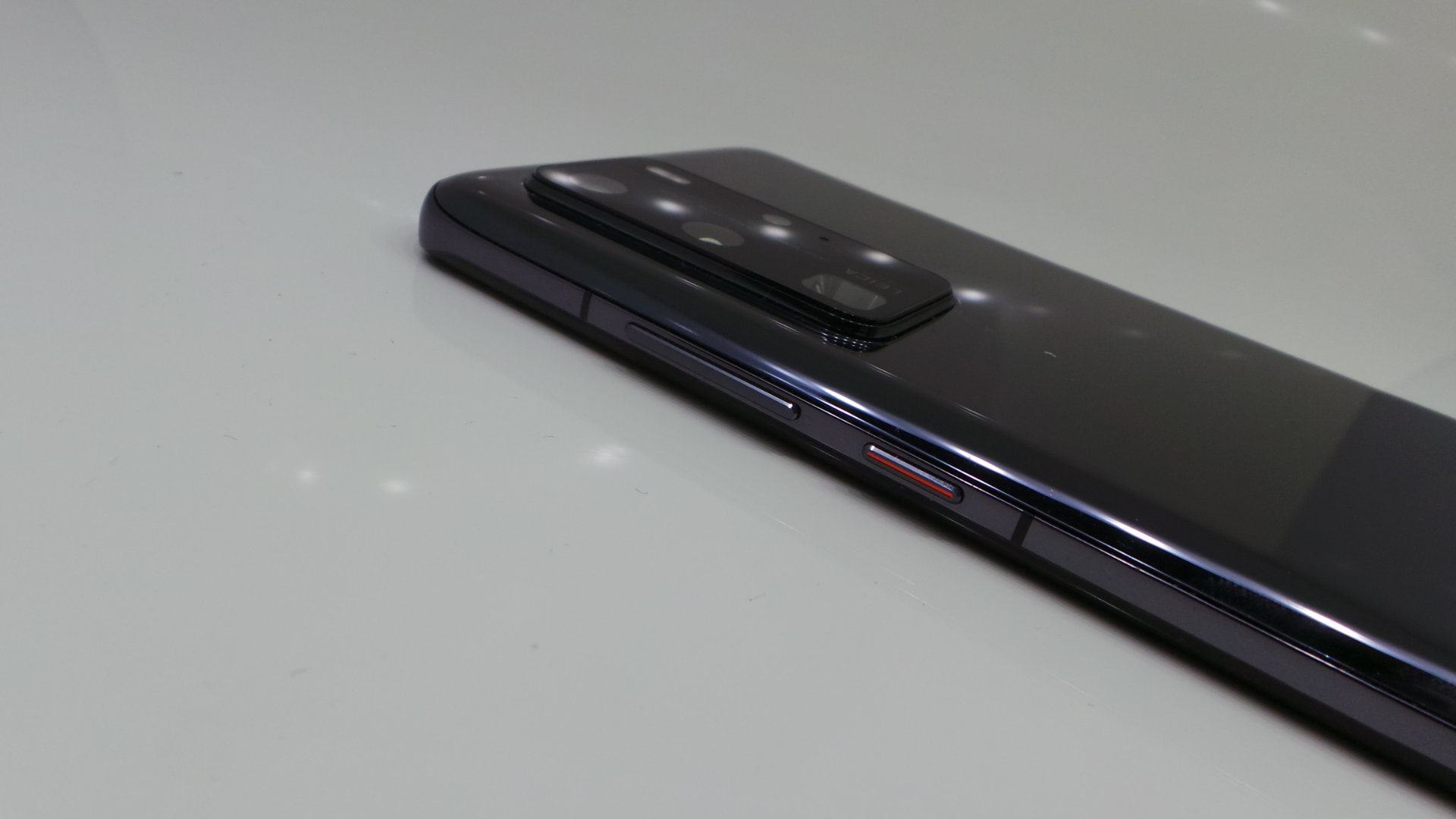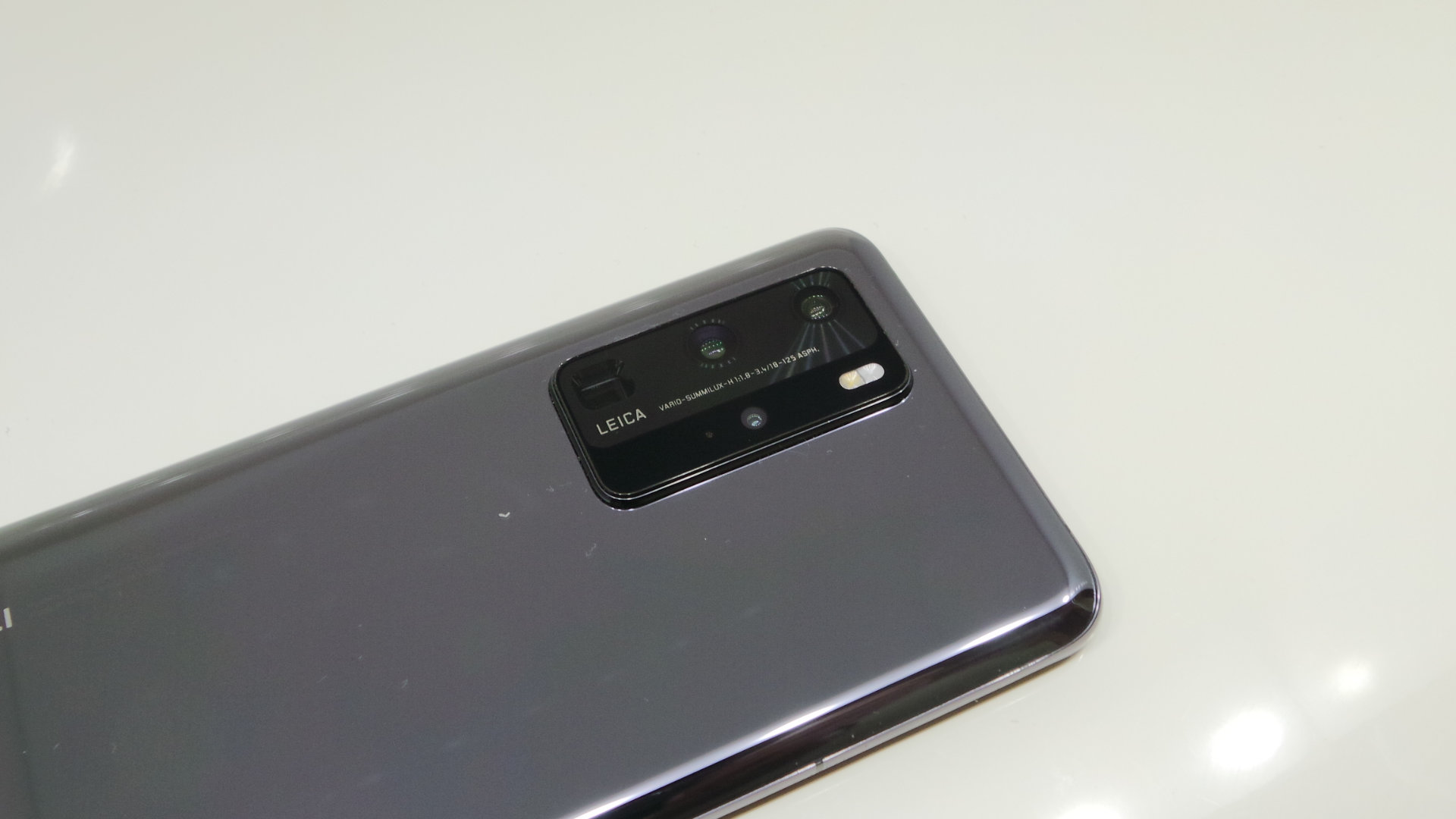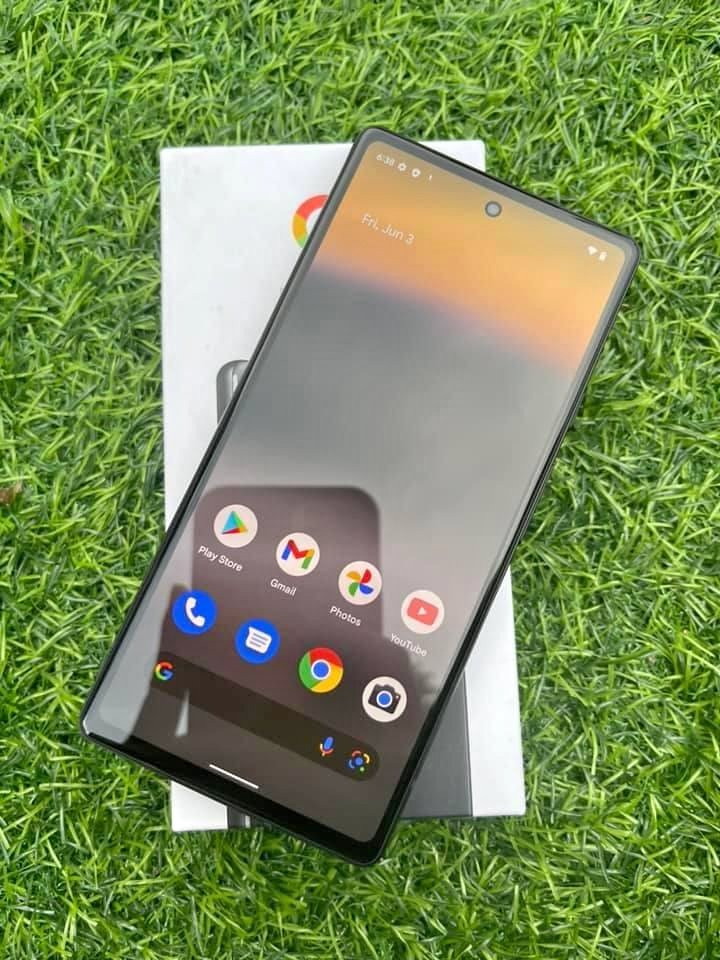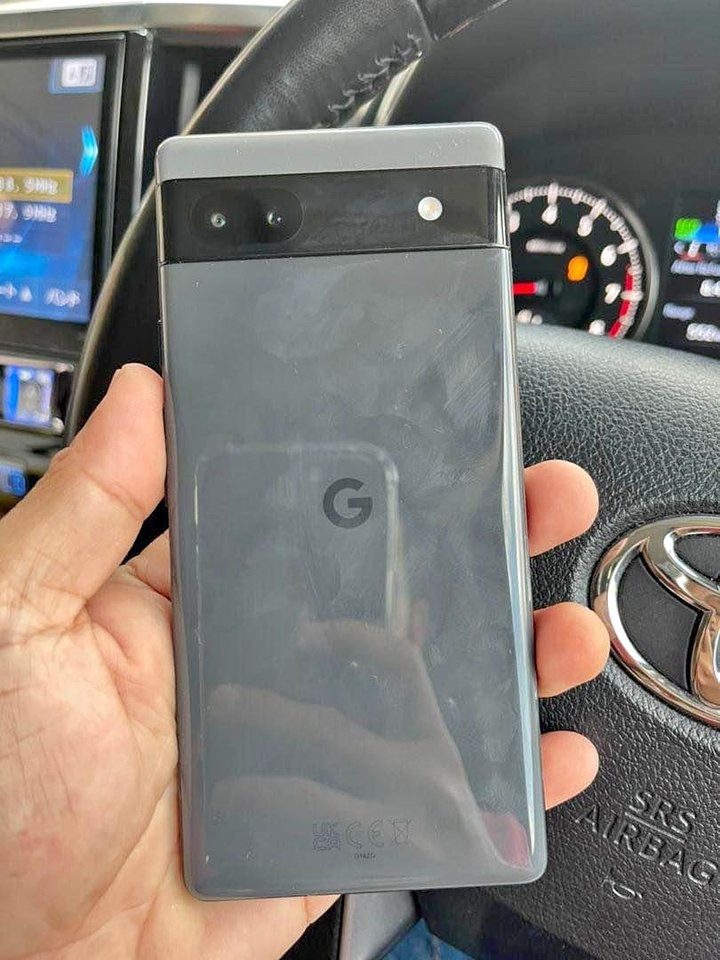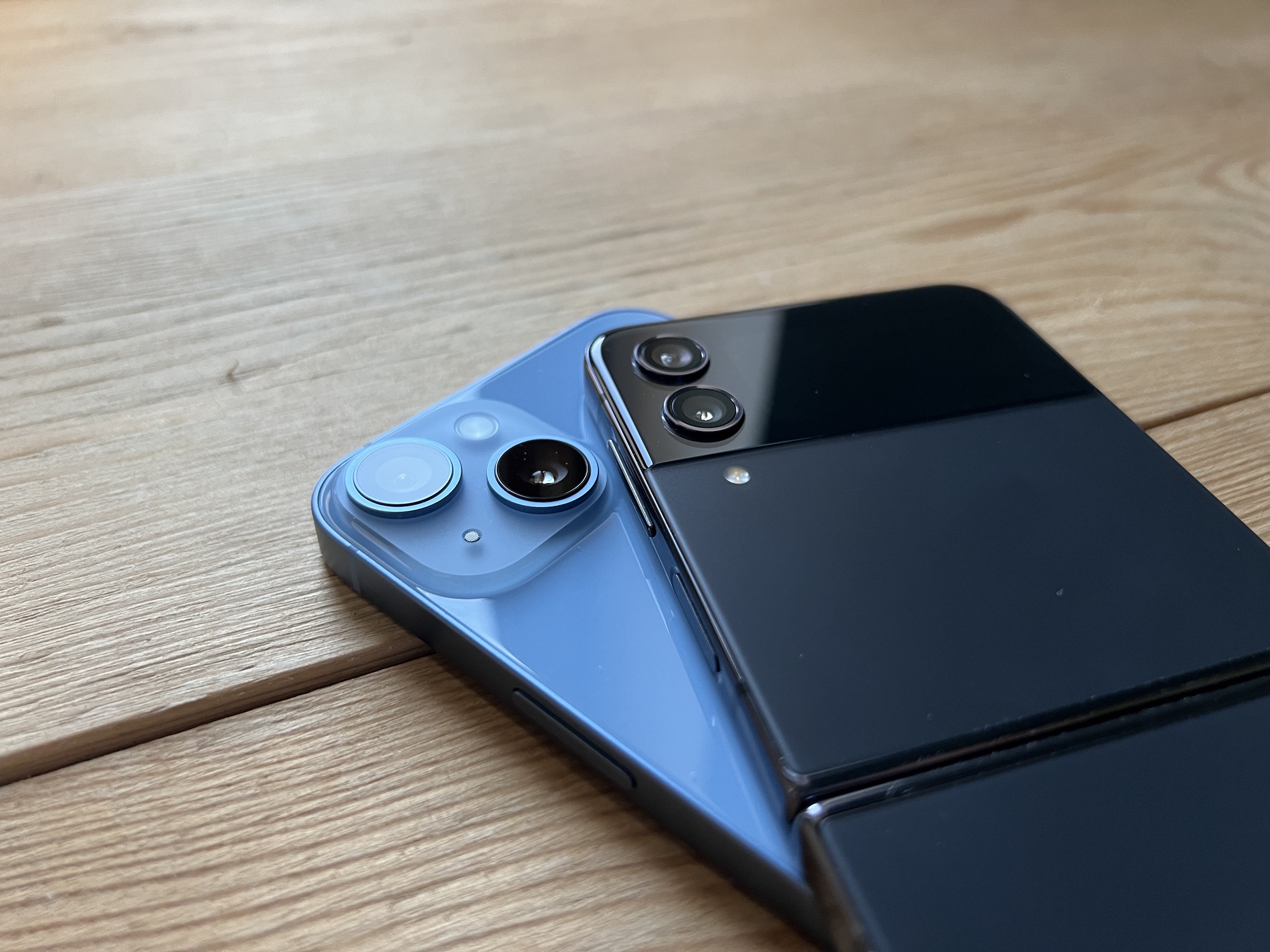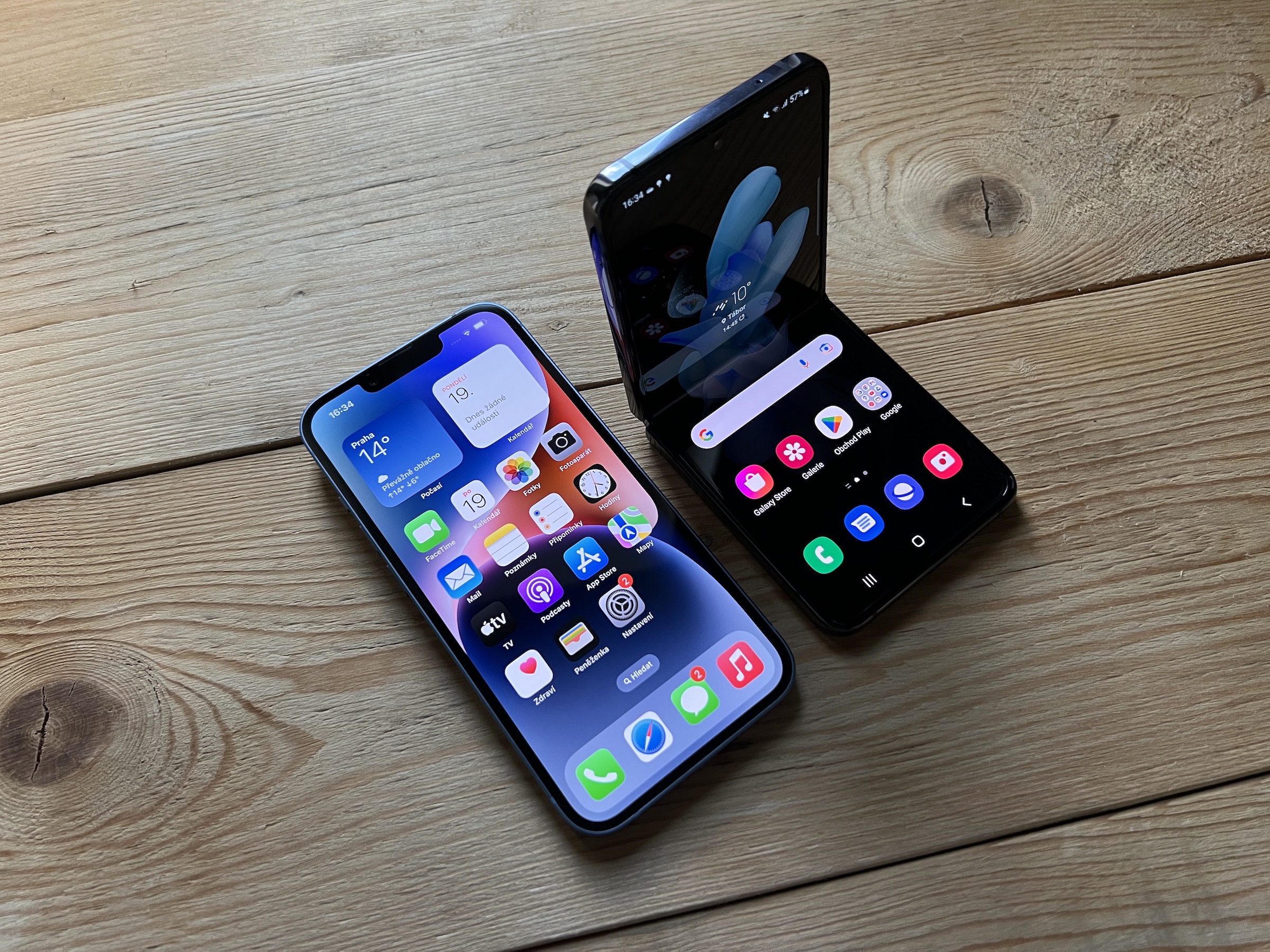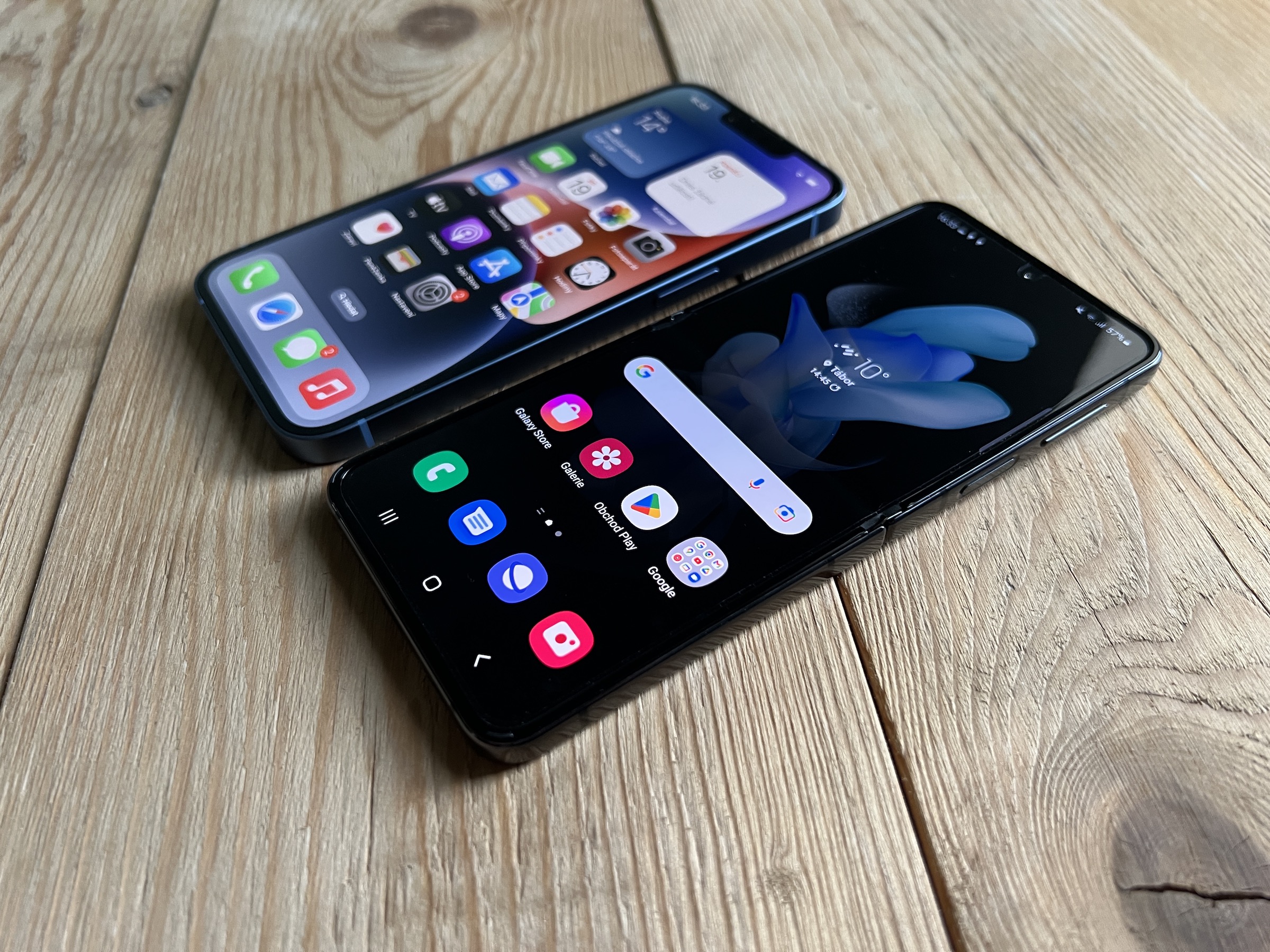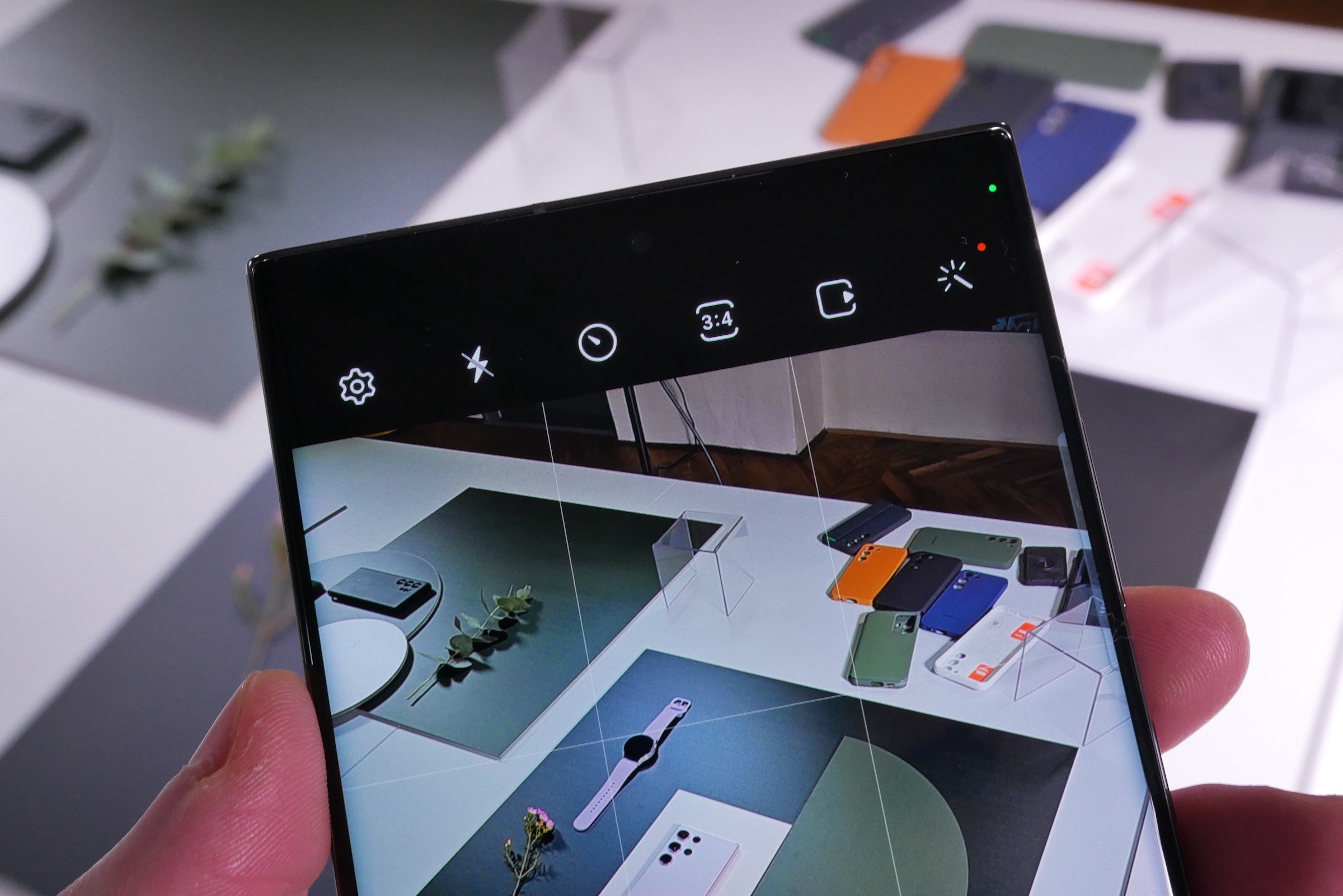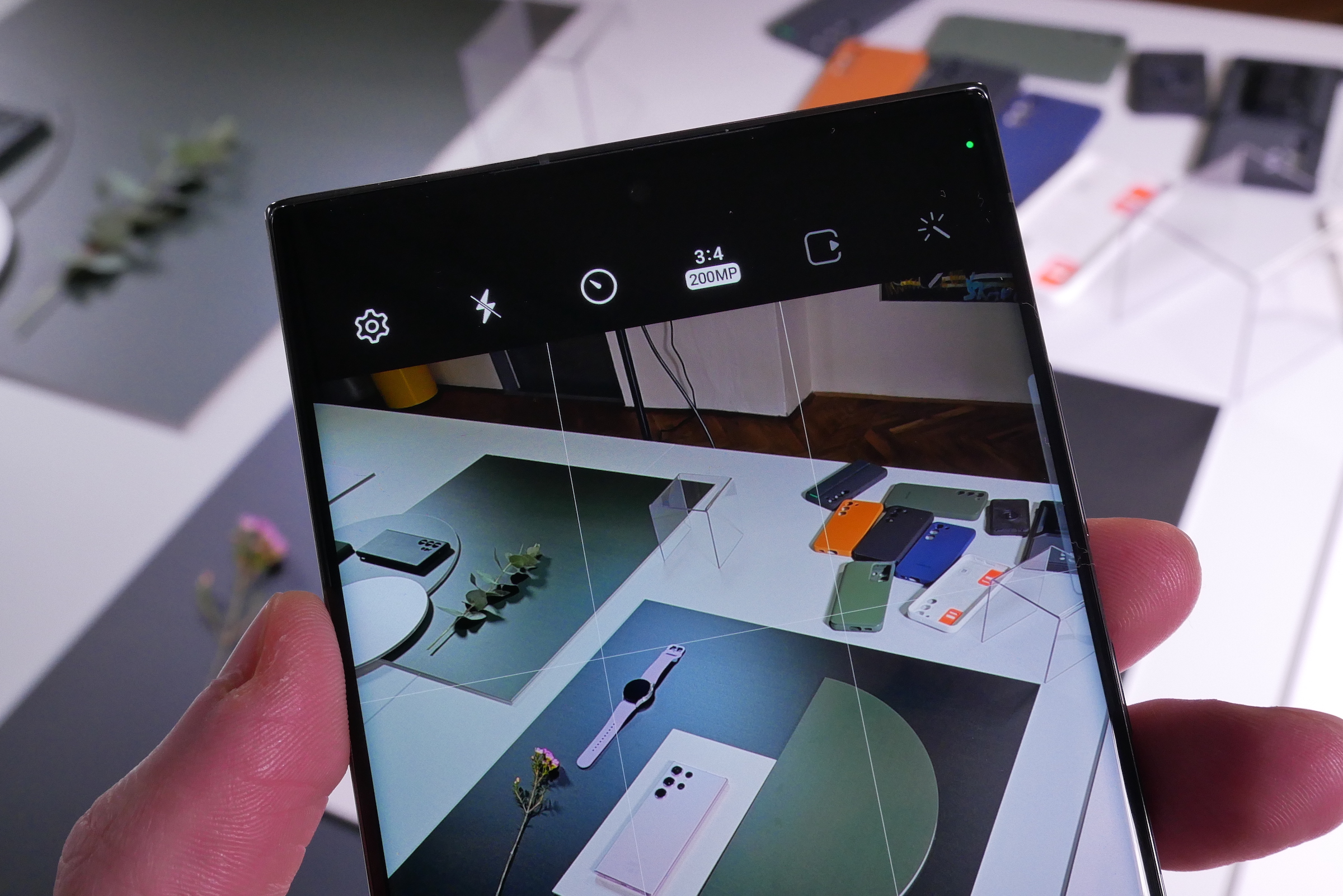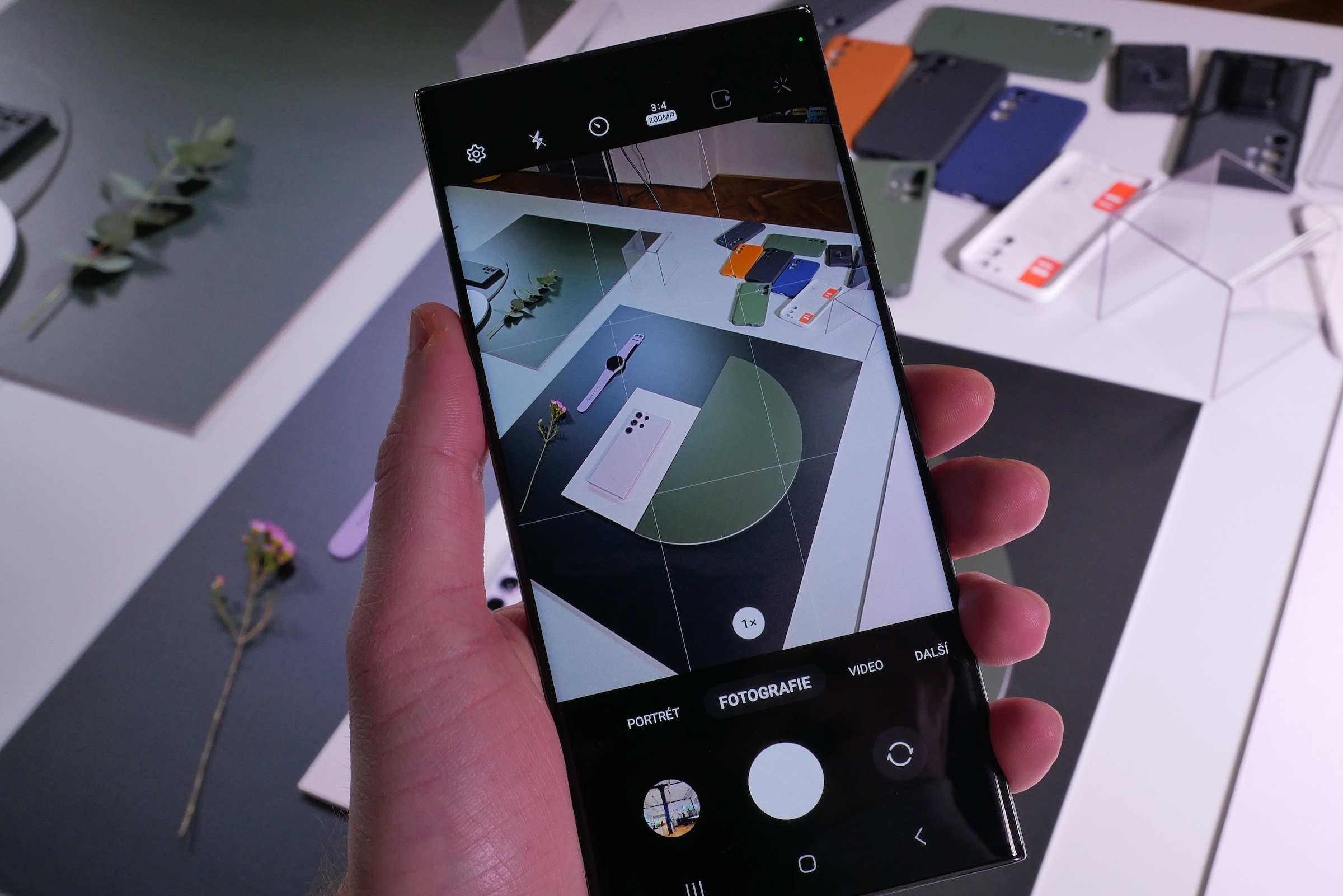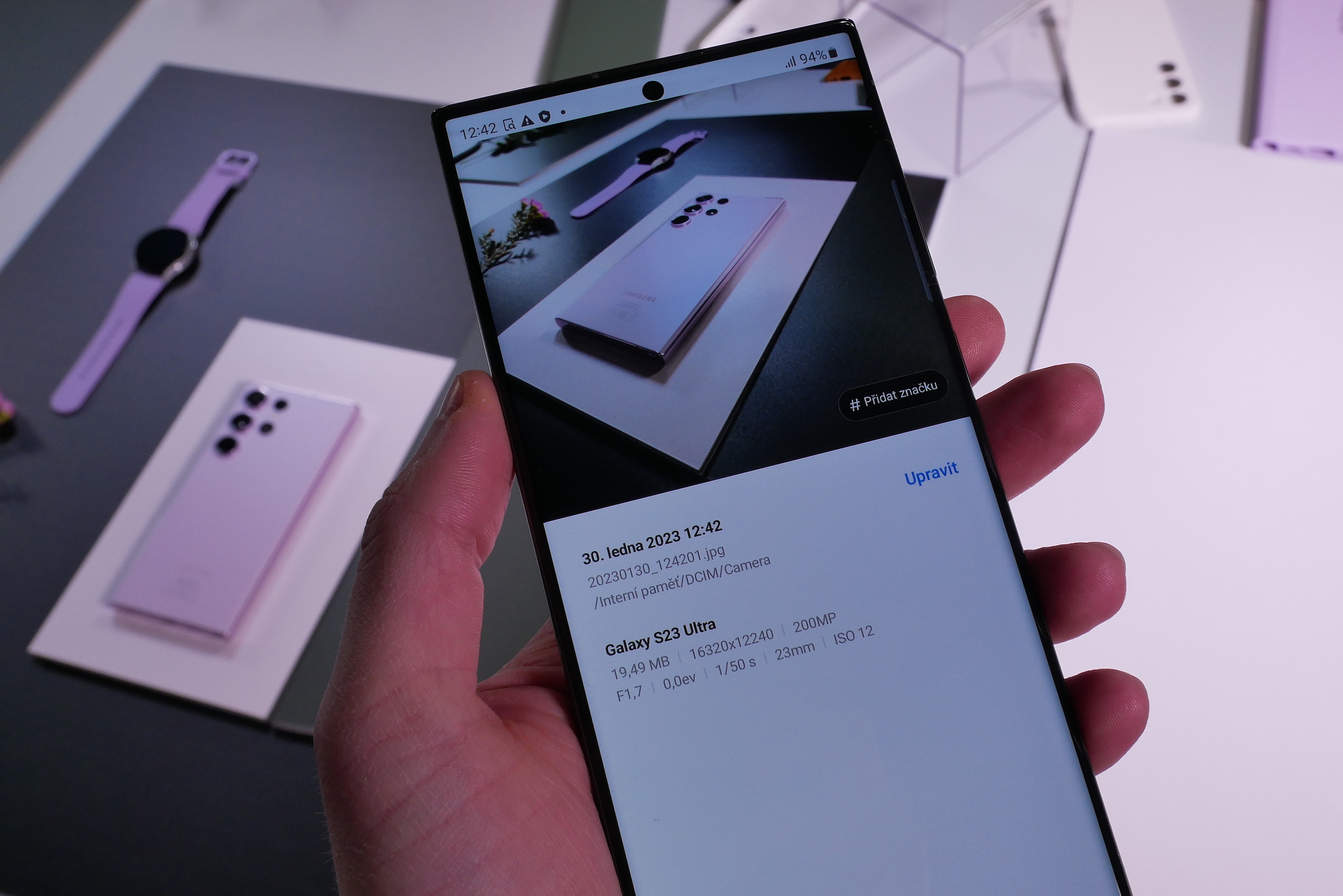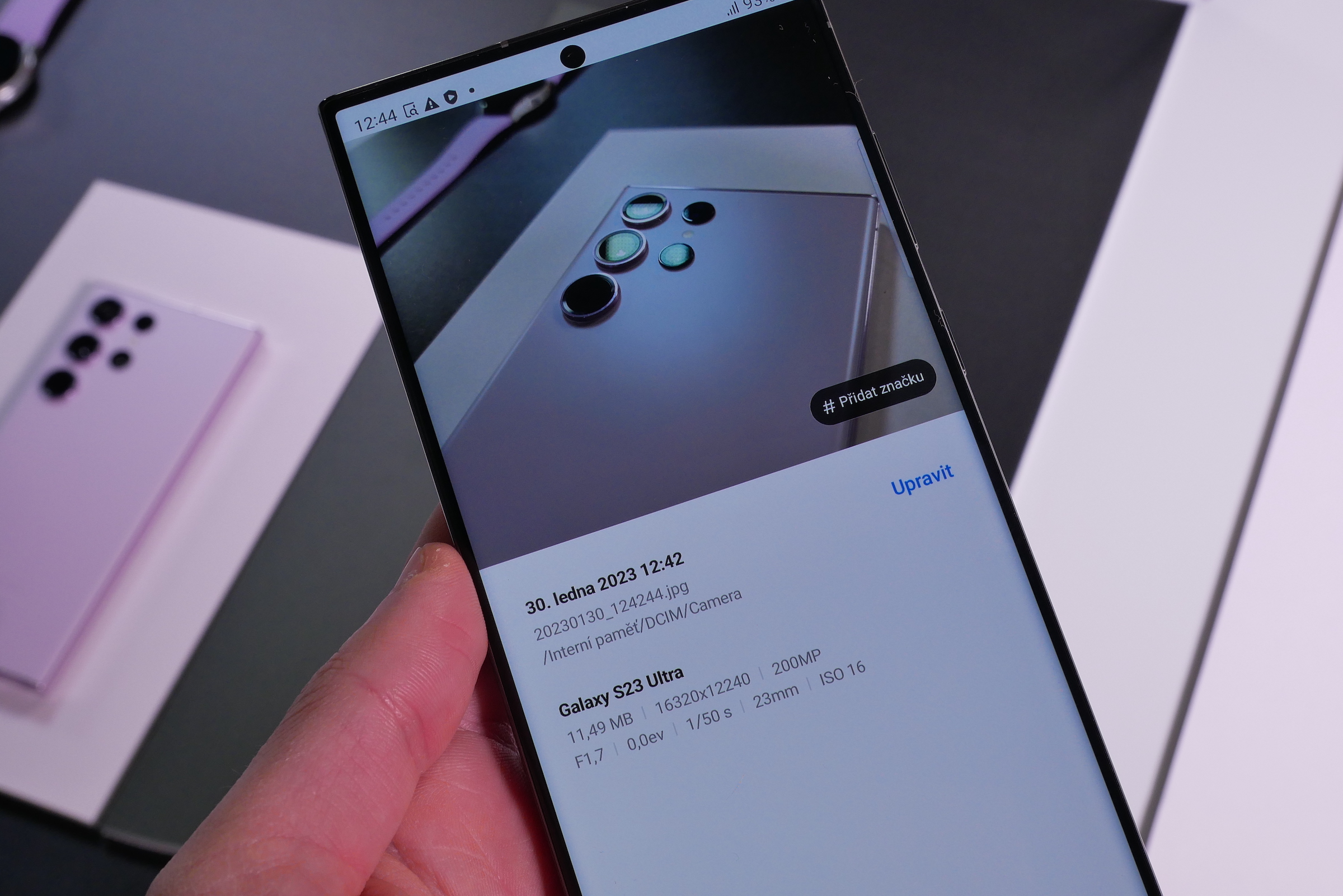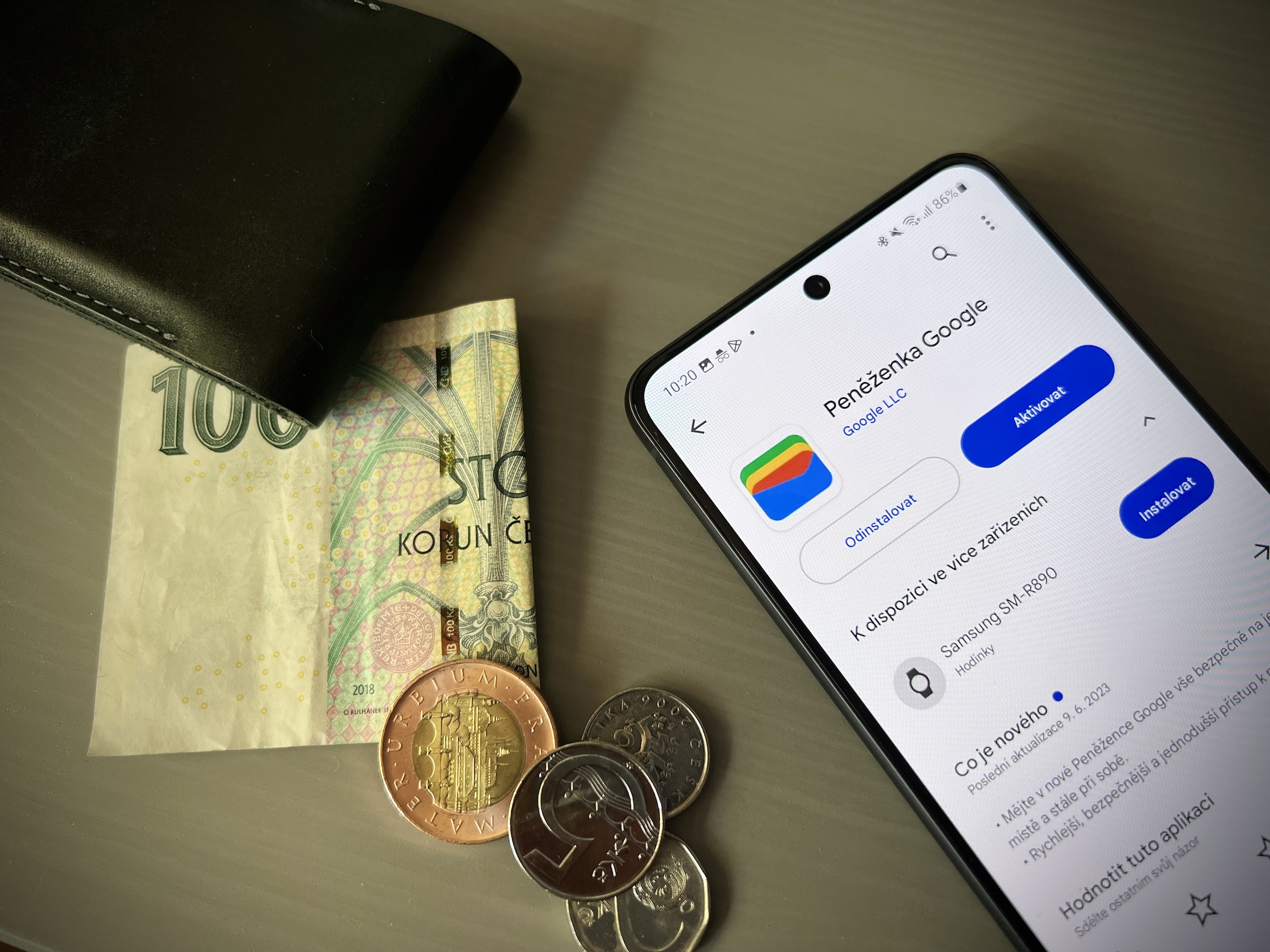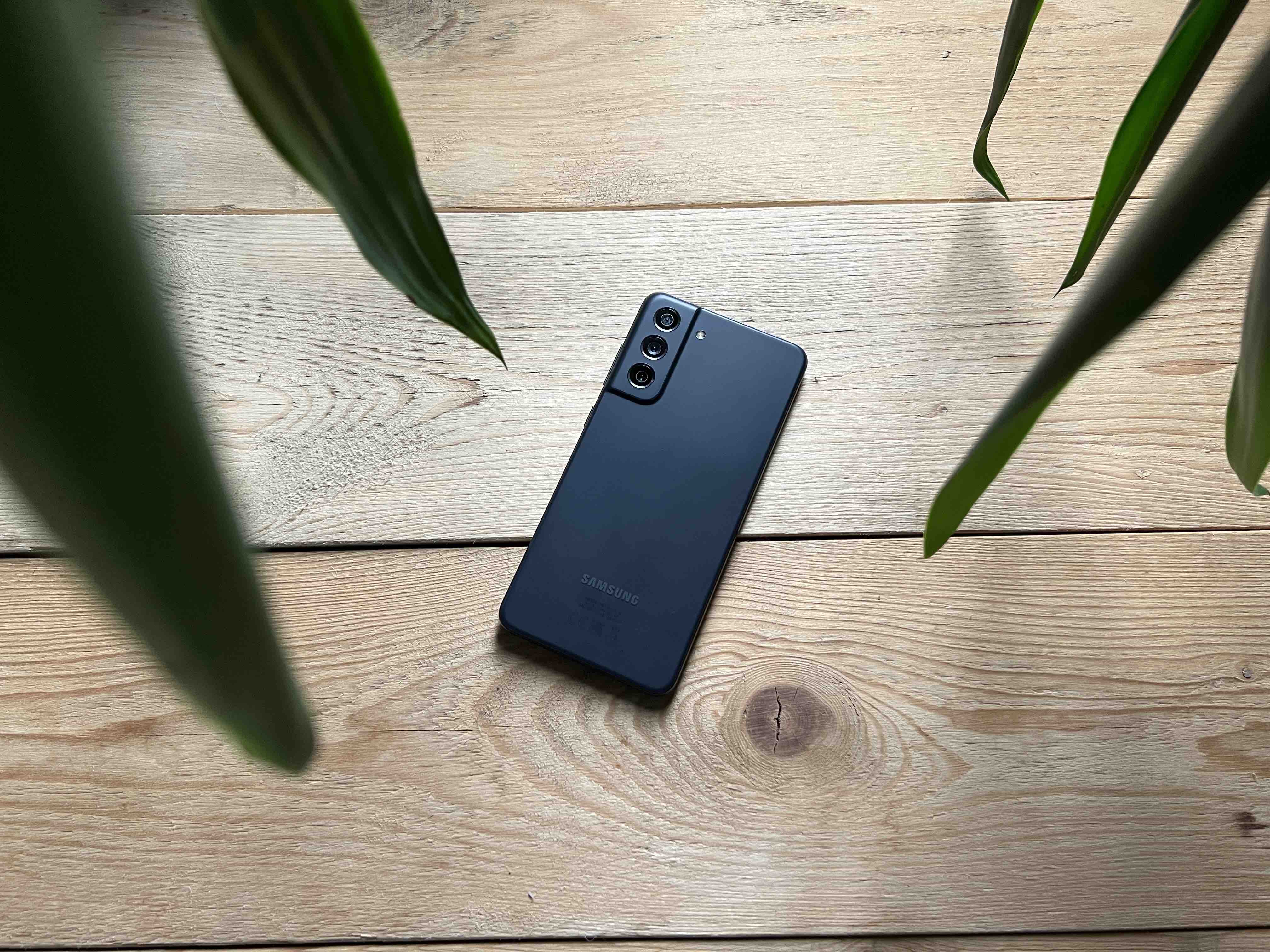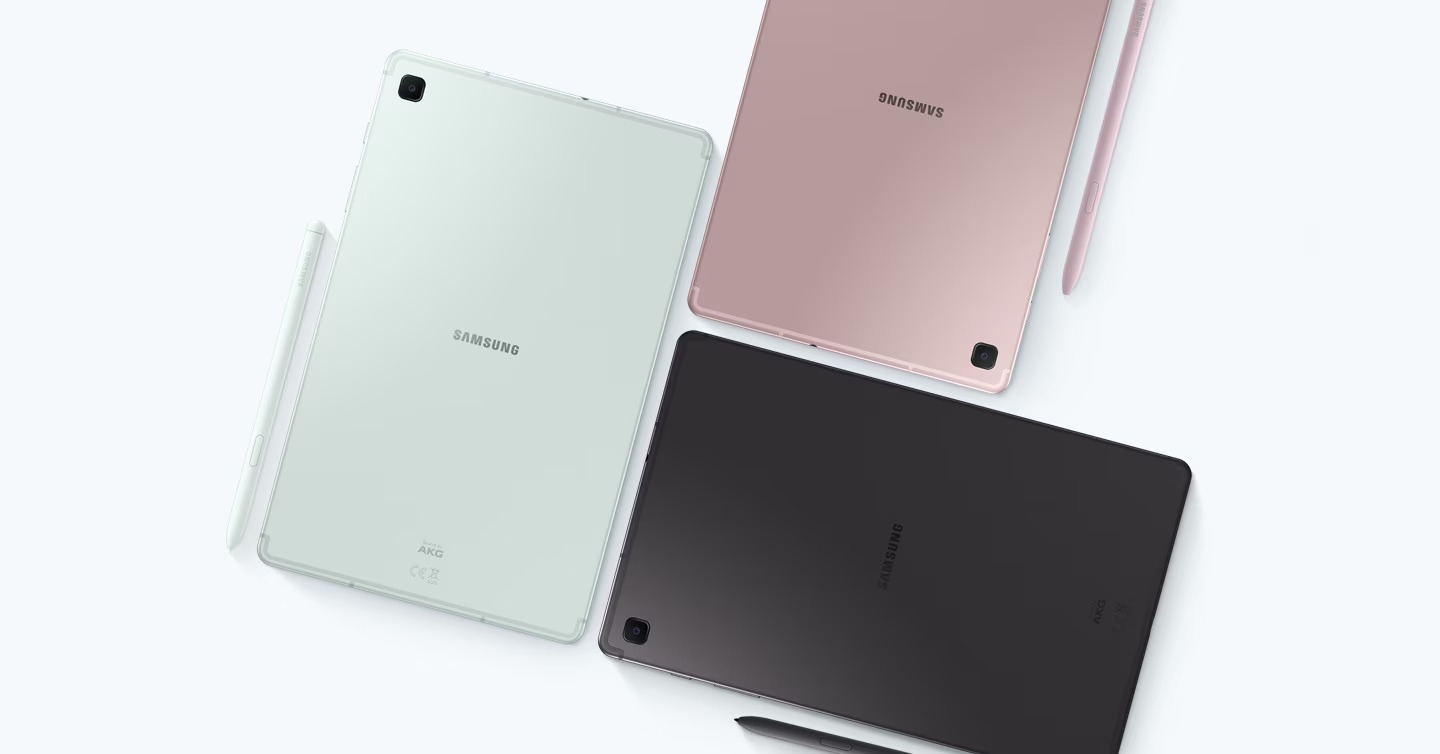When choosing a mobile phone, many people orient themselves next to performance, display and perhaps storage capacity according to photographic equipment. Today's smartphones often have it at a really high level, and what they can't offer in terms of physical parameters, they often make up for with software.
Today we will try to answer questions such as: Does the number of megapixels in smartphones matter or how to make an informed decision when buying a smartphone in terms of photography capabilities?
Do megapixels matter?
It must be said that many phone manufacturers bet on this value in terms of marketing. However, is the number of megapixels the only indicator by which to judge the photographic capabilities of the camera in our devices?
The answer is no, the number of megapixels is not the only factor to consider when buying a phone. Although it is definitely important, other factors and components that make up the camera also affect the quality of the resulting images. In the end, it comes down to the interplay of hardware, software, and of course your personal preferences.
Clone
When we talk about photography, the most important quantity is light. Professional cameras primarily use aperture, which is the size of the lens opening, to regulate the amount of light they receive, although exposure time or ISO settings also affect the amount of light that enters. However, most smartphones do not have the luxury of an adjustable aperture, although there are exceptions. Samsung, for example, released several flagship phones with a variable aperture a few years ago, and Huawei currently has a Mate 50 model that is also equipped with this. However, in the vast majority of cases, manufacturers don't want to lose a lot of device space or spend excessively to put a screen in their phones. The optical effects that are related to the use of the aperture can be quite successfully achieved through software. However, this does not mean that we should completely ignore this parameter. In general, the larger the aperture, the more light the camera sensor will be able to work with, which is desirable. Aperture is measured in f-numbers, with a smaller number equaling a larger aperture.
Focal length and lens
Another important factor is the focal length. To understand it, it is best to look again at the solution for a traditional camera. Here, the light passes through a lens, where it is focused to a specific point and then captured by the sensor. The focal length, measured in millimeters, is therefore the distance between the sensor and the point where the light converges. The lower it is, the wider the angle of view, and conversely, the higher the focal length, the narrower the angle of view.
The focal length of a smartphone camera is approximately 4 mm, but this number is practically meaningless from a photographic point of view. Instead, this figure is given in 35mm equivalent, which is what would be needed to achieve the same angle of view on a full-frame camera.
A higher or lower number isn't necessarily better or worse, but most smartphones today have at least one wide-angle camera with a short focal length because users want to capture as wide a scene as possible in their pictures. You will also appreciate this feature when vlogging, for example. With a wide-angle lens, you'll capture more space and you won't have to often reach for accessories like selfie sticks, various holders, and the like.
The lens is of fundamental importance for the focal length of the camera. It consists of several elements and a protective lens, while its task is to bend and focus light on the image sensor.
There is a problem here due to the fact that different color spectrum light bends in different ways because it has a different wavelength. The result of this is various types of distortions and aberrations, with which smartphone manufacturers deal with both the components of the device itself and software. No lens is perfect, and this is doubly true for mobile devices, as we are working with very small dimensions here. Nevertheless, some current cell phone lenses perform admirably.
You could be interested in
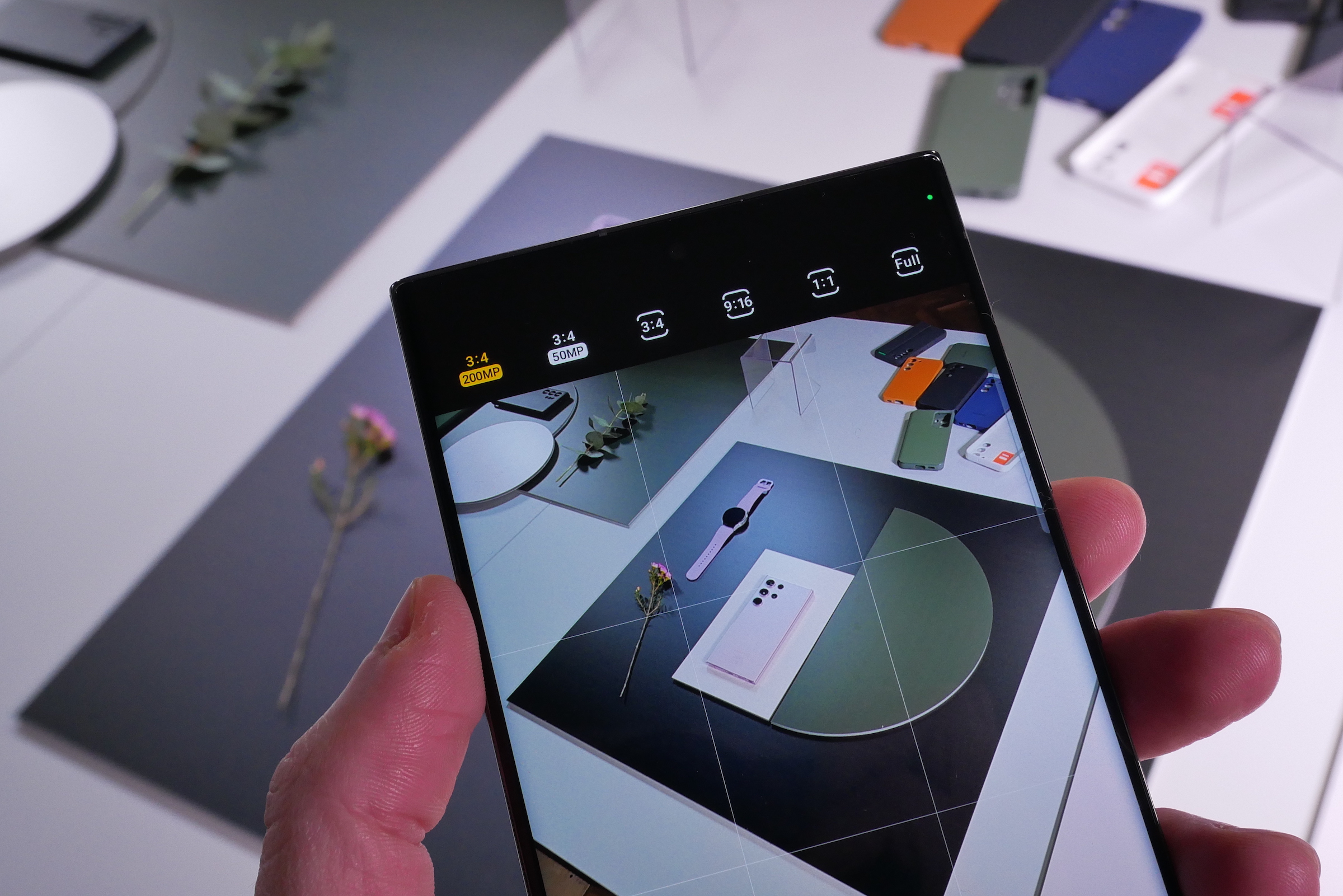
The physics of distortion and reflections is quite complex, which is most likely why many phone manufacturers don't tend to publish informace about its lenses along with other specifications. If you have the option, it is best in this regard to test the capabilities of the camera first and then decide whether the output provided suits you.
Sensor
The sensor is a fairly essential piece of camera hardware that converts raw optical data into electrical data informace. Its surface is covered with millions of individual photocells that work based on the intensity of the received light.
The larger the individual cells are, the better they capture light and can reproduce more faithful values, especially in low-light situations. In simple terms, it can be said that a larger sensor is a better choice in most cases, although other factors such as how many pixels the sensor consists of or the size of an individual pixel also play a role.
Colors
Authentic color rendering is important for every photographer. Color filters are used to obtain them, usually red, green and blue. The image processor that applies these colors to the brightness values of each photo frame has informace about their arrangement, which serves him to create the resulting image. Most phones use a so-called Bayer color filter, which consists of 50% green, 25% red and 25% blue (RGGB), the reason for the predominance of green being that the human eye sees this color better than others.
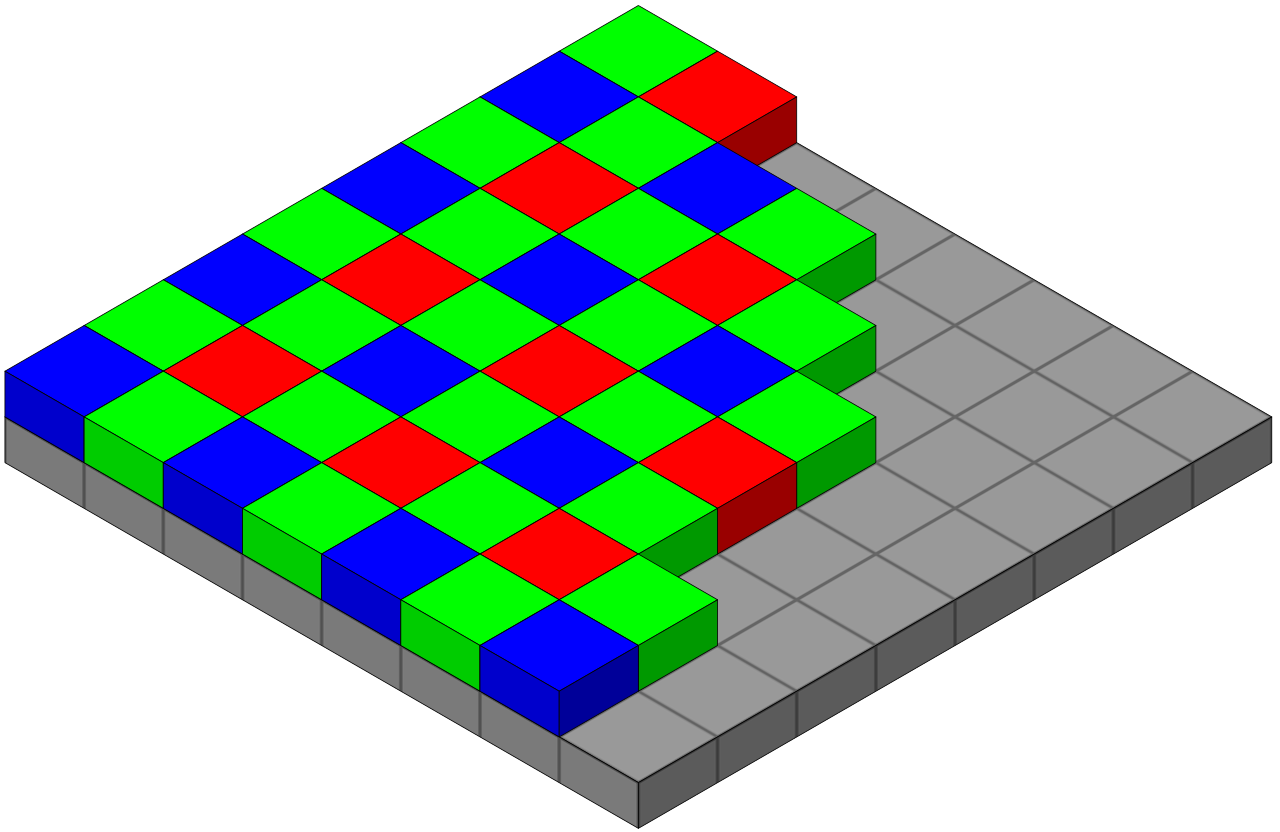
Various manufacturers have also experimented with other types of filters or are trying to modify them, which concerns, for example, the company Huawei, which replaced the traditional Bayer filter with green and yellow in order to increase sensitivity, which really brought results, but in some images you can see a little unnatural yellow tinge. Sensors with an RGGB filter usually have better resulting images because the algorithms they use have been around longer and are therefore more mature.
Image processor
The last essential part of a smartphone's photographic equipment is the image processor. The latter, as already indicated, takes care of processing the information obtained from the sensor using the lens. Different manufacturers use different solutions and approaches in this direction, so it is not surprising that the same RAW photo will look different from a Samsung, Huawei, Pixel or iPhone phone, and no method is better than another. Some people prefer the Pixel's HDR treatment over the more conservative and natural look it gives you iPhone.
So what about the megapixels?
Are they really that important? Yes. When we take pictures, we expect to capture a certain level of authenticity. Artistic intent aside, most of us want our photos to be as close to reality as possible, which is clearly broken by visible pixelation. To achieve the desired illusion of reality, we must approach the resolution of the human eye. That's about 720 pixels per inch for a person with perfectly healthy and unrestricted vision when viewed from a distance of about 30 cm. So, for example, if you want to print photos in the standard 6 × 4 format, you need a resolution of 4 × 320, or a little less than 2 Mpx.
You could be interested in

But that begs the question: If 12 Mpx is close to the limit of what the average person can see, why does Samsung have Galaxy S23 Ultra 200 Mpx? There are several reasons, but one of the most important is a technique called pixel binning, where a square of four is used instead of one photocell to collect information, effectively multiplying its size at the expense of the resulting image resolution. Of course, it would be possible to simply make larger photocells, but binning the smaller ones together offers advantages that larger sensors cannot match, such as better HDR images and zoom capabilities, which is also a very important feature for many users.
So megapixels certainly matter under current conditions, but it's also worth looking at other technical data of the camera of your future smartphone, such as lens equipment, sensor or processor. Today, when, thanks to shooting in RAW format, we can see a little under the hood of the manufacturers' software magic, it is possible to take photos with a mobile phone at a really good level.
